1. PALAZZO ALTEMPS
In Piazza di Sant’Apollinare, Palazzo Altemps is an architectural treasure trove of unique masterpieces of classical art and was the residence of Cardinal Marco Sittico Altemps (an Austrian cardinal, transplanted to Italy, and nephew of Pope Pius IV) from 1568 to 1595. The Altemps family lived there for a long time, until the mid 19th century when the property was bequeathed to Giulio Hardouin, father of the duchess Maria who married Gabriele D’Annunzio in 1883. At the end of the century, the building was sold to the Holy See, which assigned it to the Pontifical Spanish College. In 1982, the Italian State made its first act of acquisition. After a long and rigorous restoration, the museum finally opened to the public in 1997 as a branch of the Museo Nazionale Romano.
It is a jewel to be discovered room by room, admiring in each the beauty of the decorations, frescoes and shining marbles. The Cardinal Altemps’ collection of ancient sculptures, which once numbered 100, is now spread around the world’s major museums, from the Louvre to the British Museum. Today, 15 remain in the Palazzo Altemps, four of which are proudly on display in the courtyard: a young Hercules, an athlete at rest, a Maenad and a Demeter, all Roman copies from Greek originals. The palace also holds the historic private collection of the Ludovisi family, the most famous of which is the Boncompagni Ludovisi marbles, assembled in the years 1621-1623 by Cardinal Ludovico Ludovisi for his villa on the Quirinale. In 1901, the Italian State purchased over one hundred sculptures from the Ludovisi family and transferred them to the Palazzo Altemps, where the current exhibition arrangement perfectly integrates the works with the palace and allow us to relive the vicissitudes of the noble families who inhabited it over the centuries.
The Loggia, one of the most striking rooms of the palace, embraces the splendid secret courtyard and is painted like an enchanted garden with flowering plants, birds and fruit, as well as various references to the noble families of the time. Palazzo Altemps is an immersion into the history of Roman collecting in an environment of art and elegance.
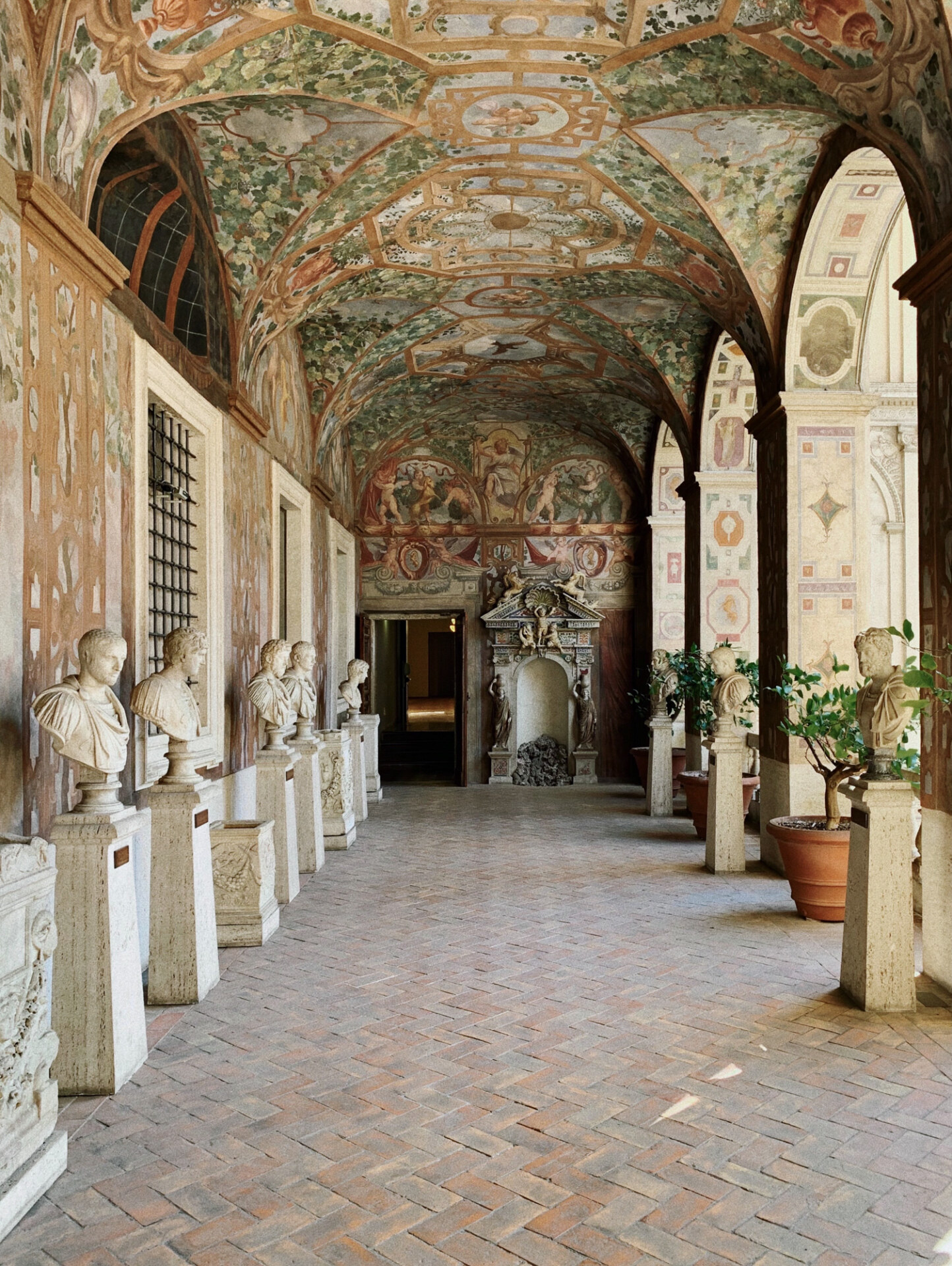
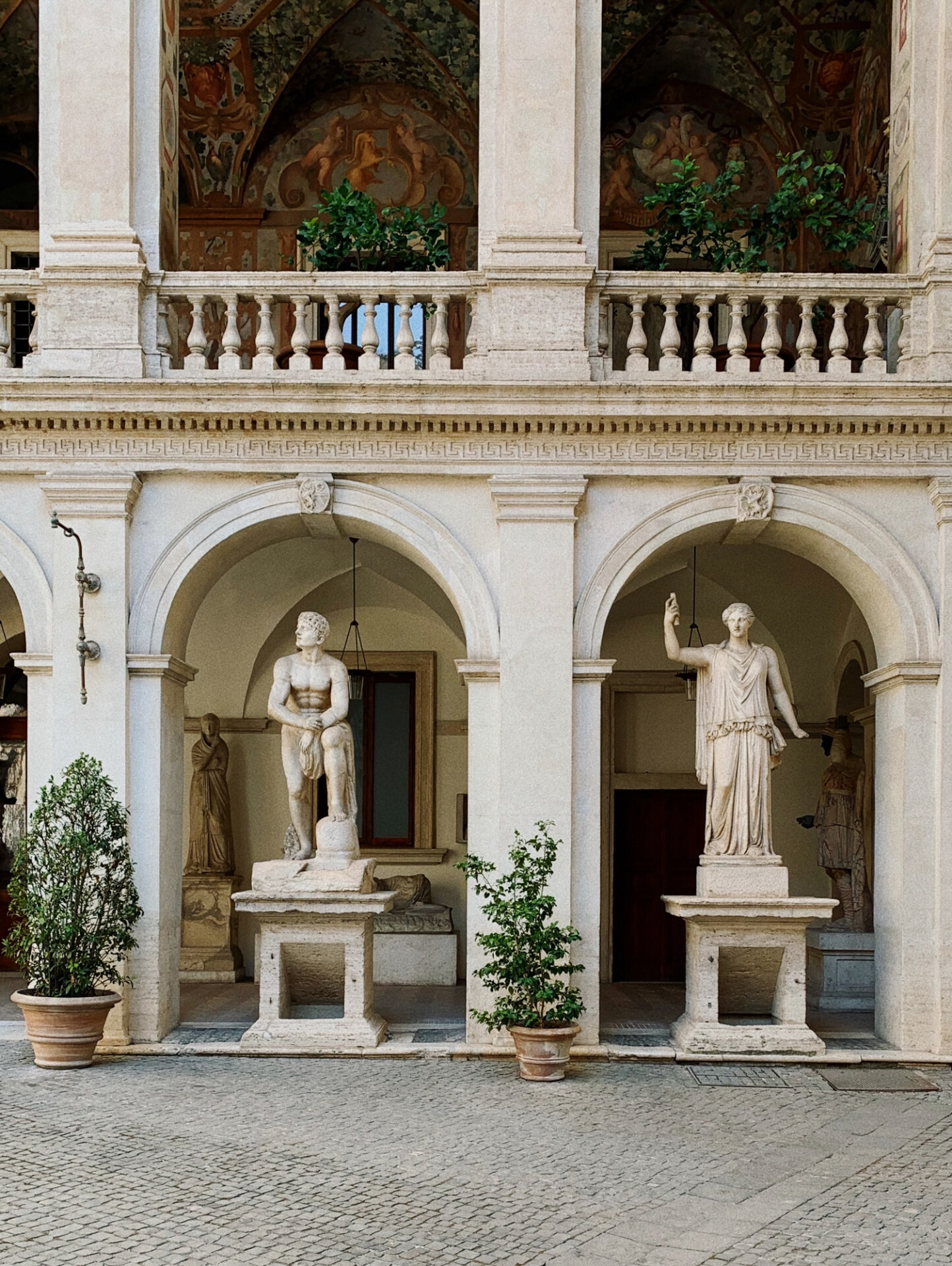
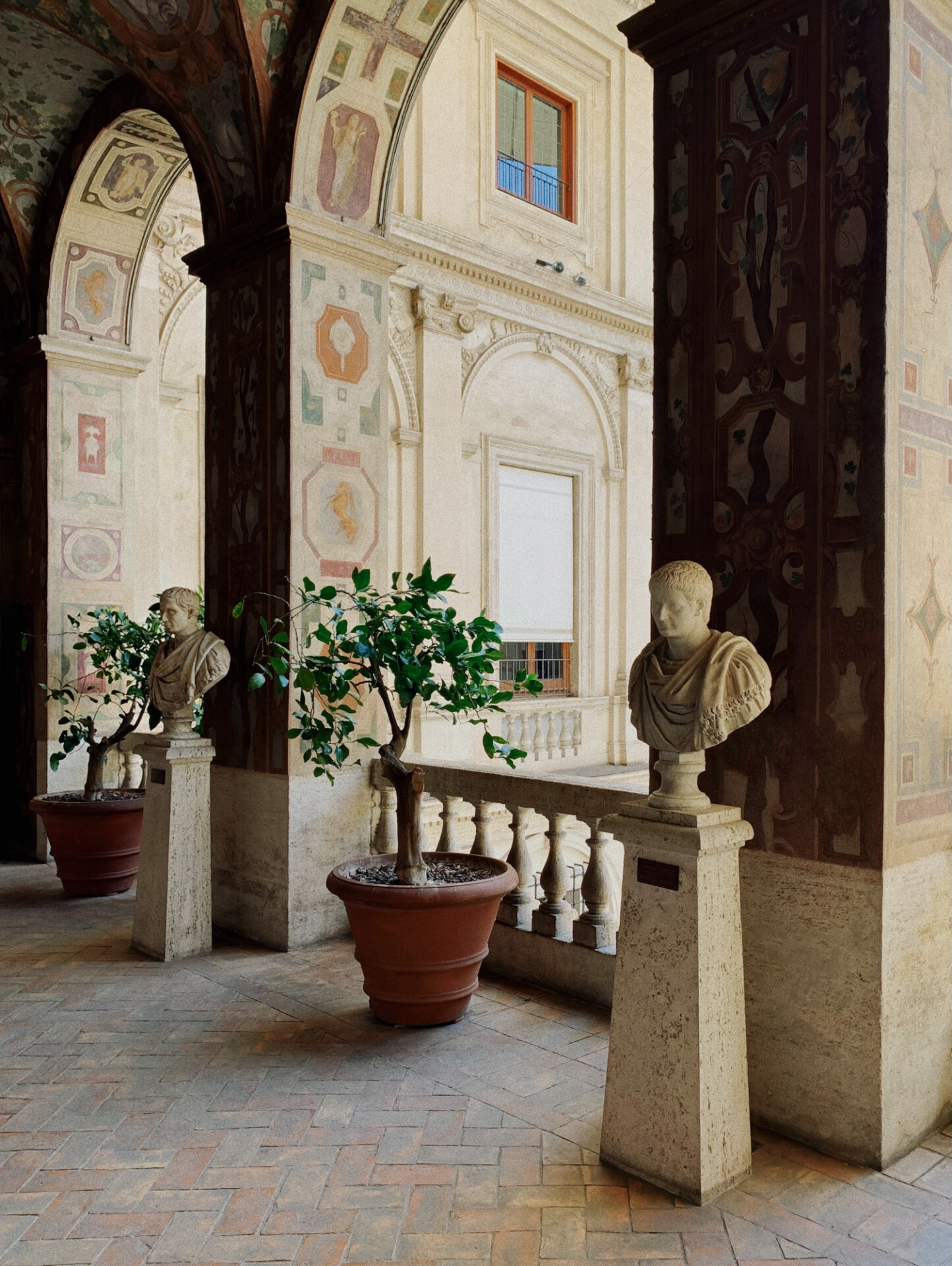
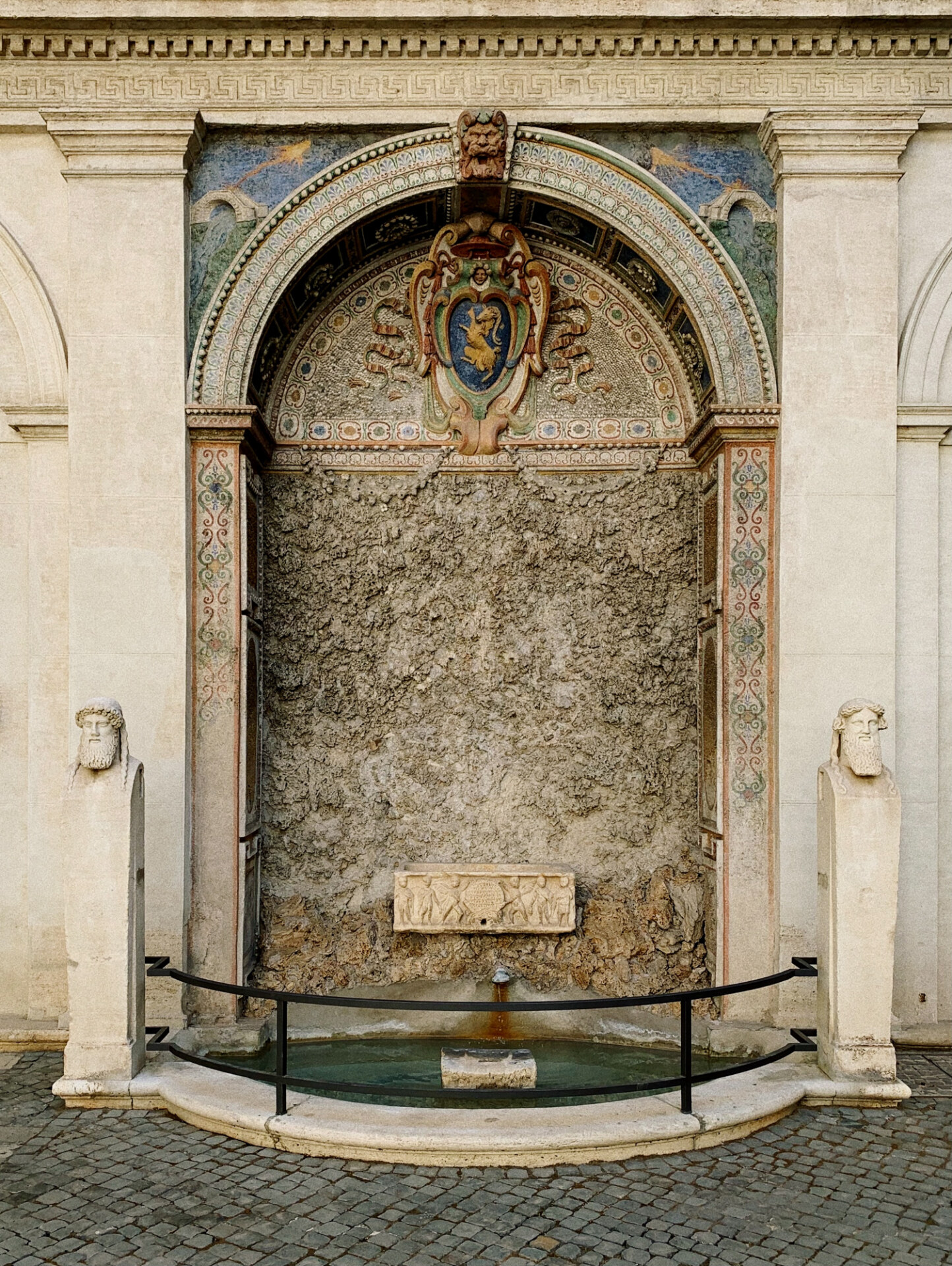


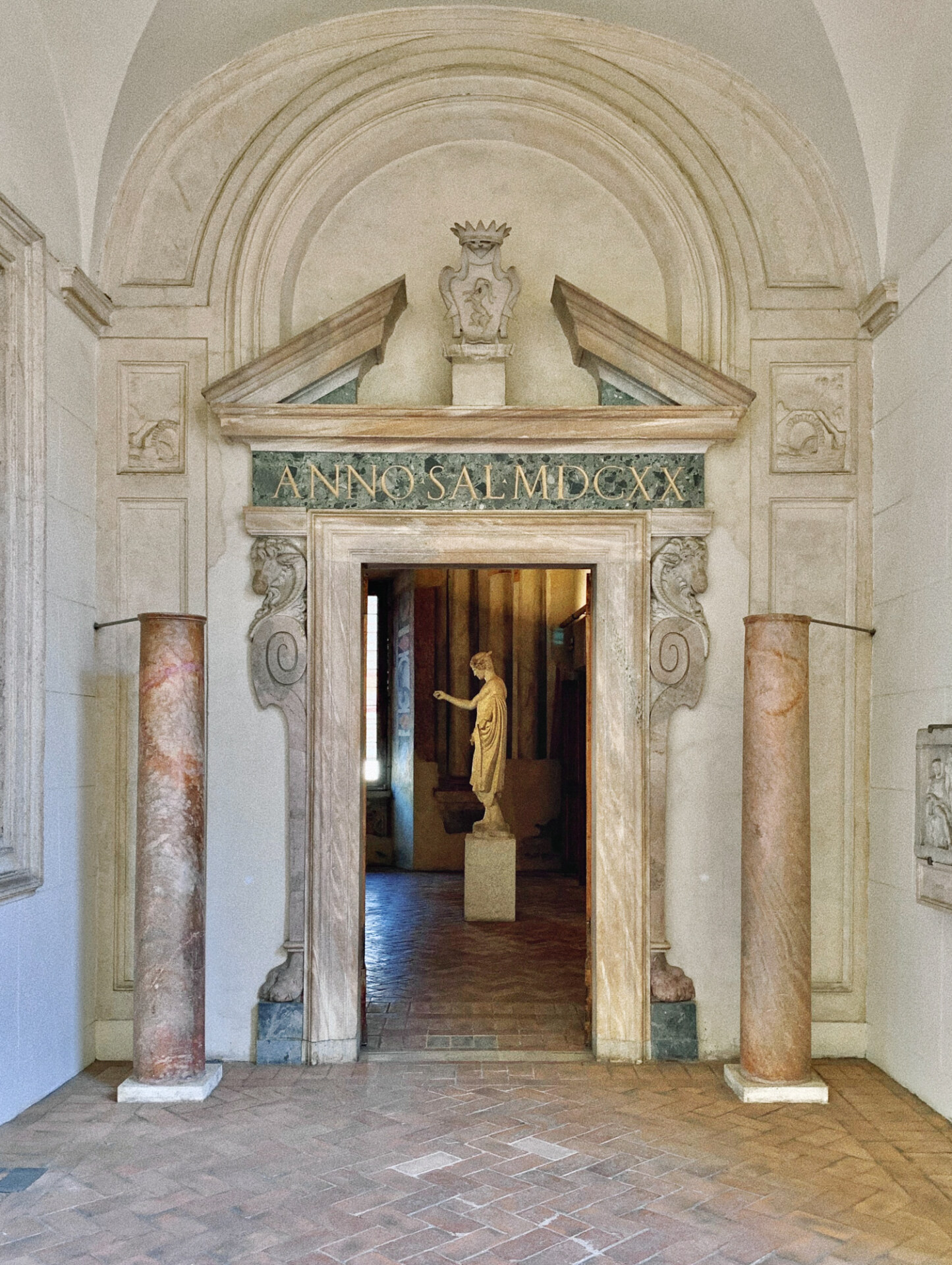
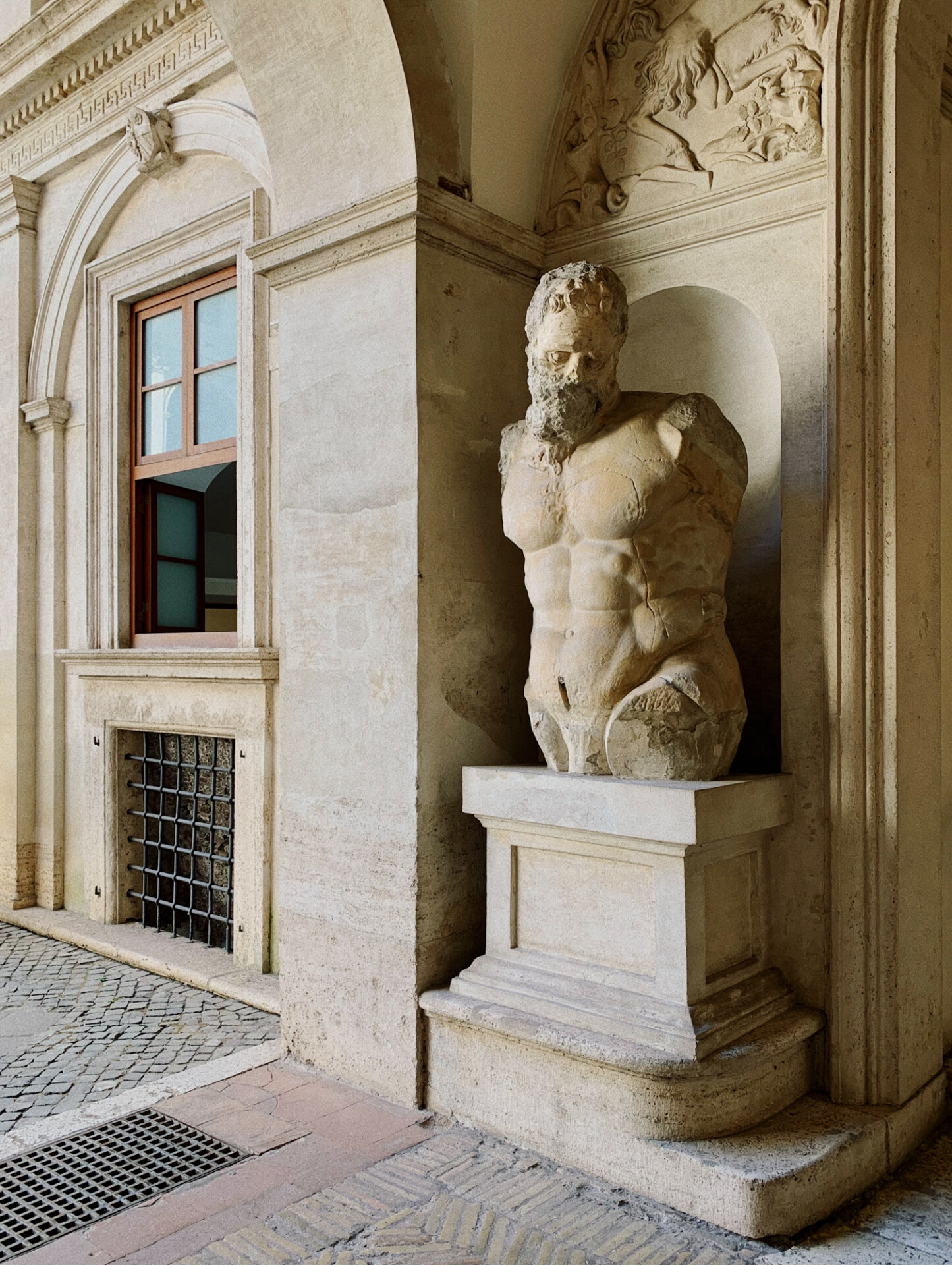
2. NATIONAL GALLERY
The National Gallery of Modern and Contemporary Art, opened in Rome in 1883, holds the most comprehensive collection of Italian and foreign art from the 19th to 21st centuries. Paintings, drawings, sculptures, installations: the collection’s nearly 20,000 works are an expression of the main artistic currents of the last two centuries, from Neoclassicism to Impressionism, from Divisionism to the historical avant-gardes of the early 20th century, from Futurism and Surrealism to the most conspicuous nucleus of Italian works from the 1920s to 40s, from the Novecento movement to the so-called Roman School. Of the recent installations, there is one designed by Martí Guixé against the war–a large inscription in block letters, created with white pallets and placed at the foot of the staircase: PEACE.
It is the only national museum devoted entirely to modern and contemporary art.
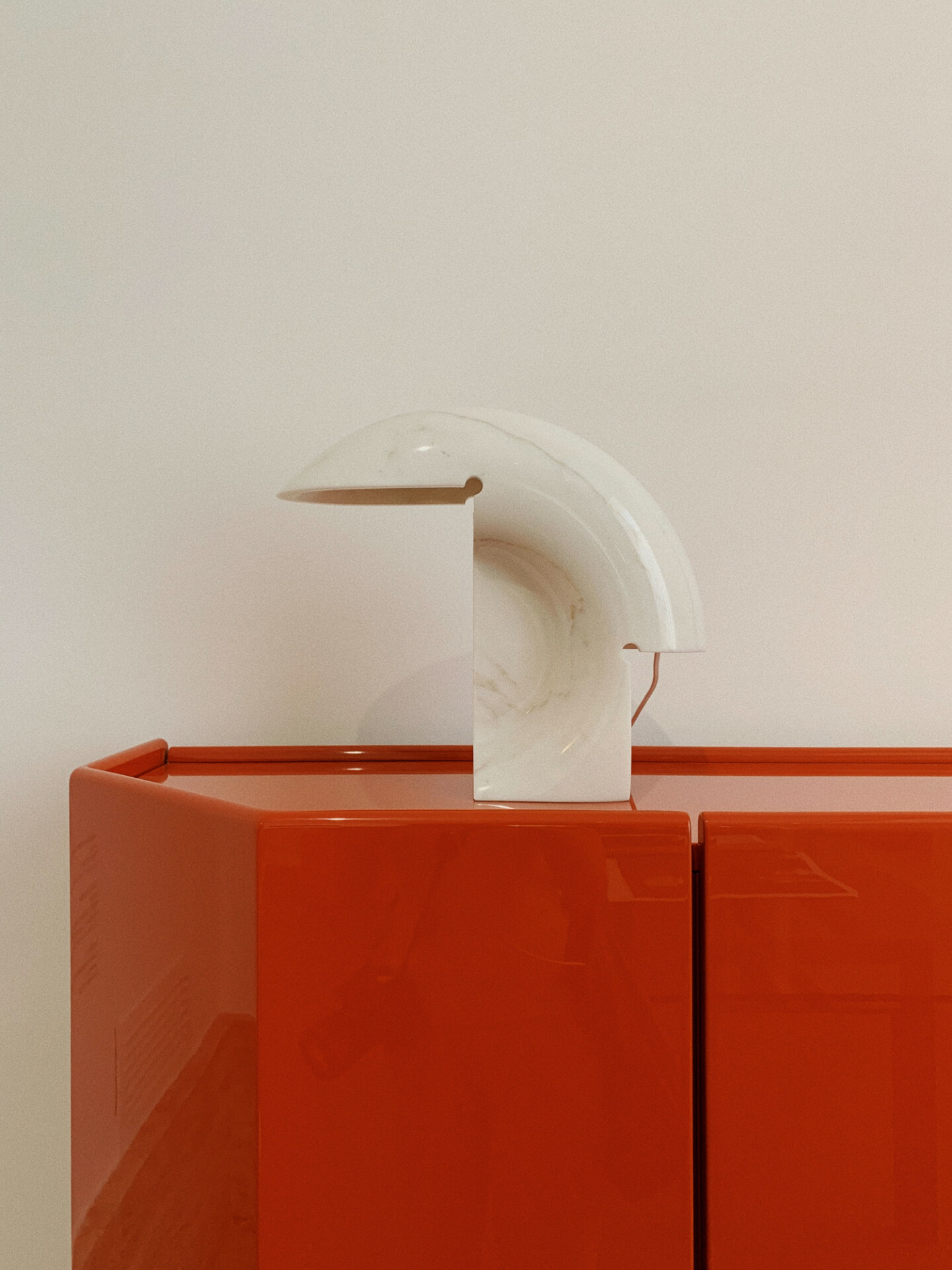
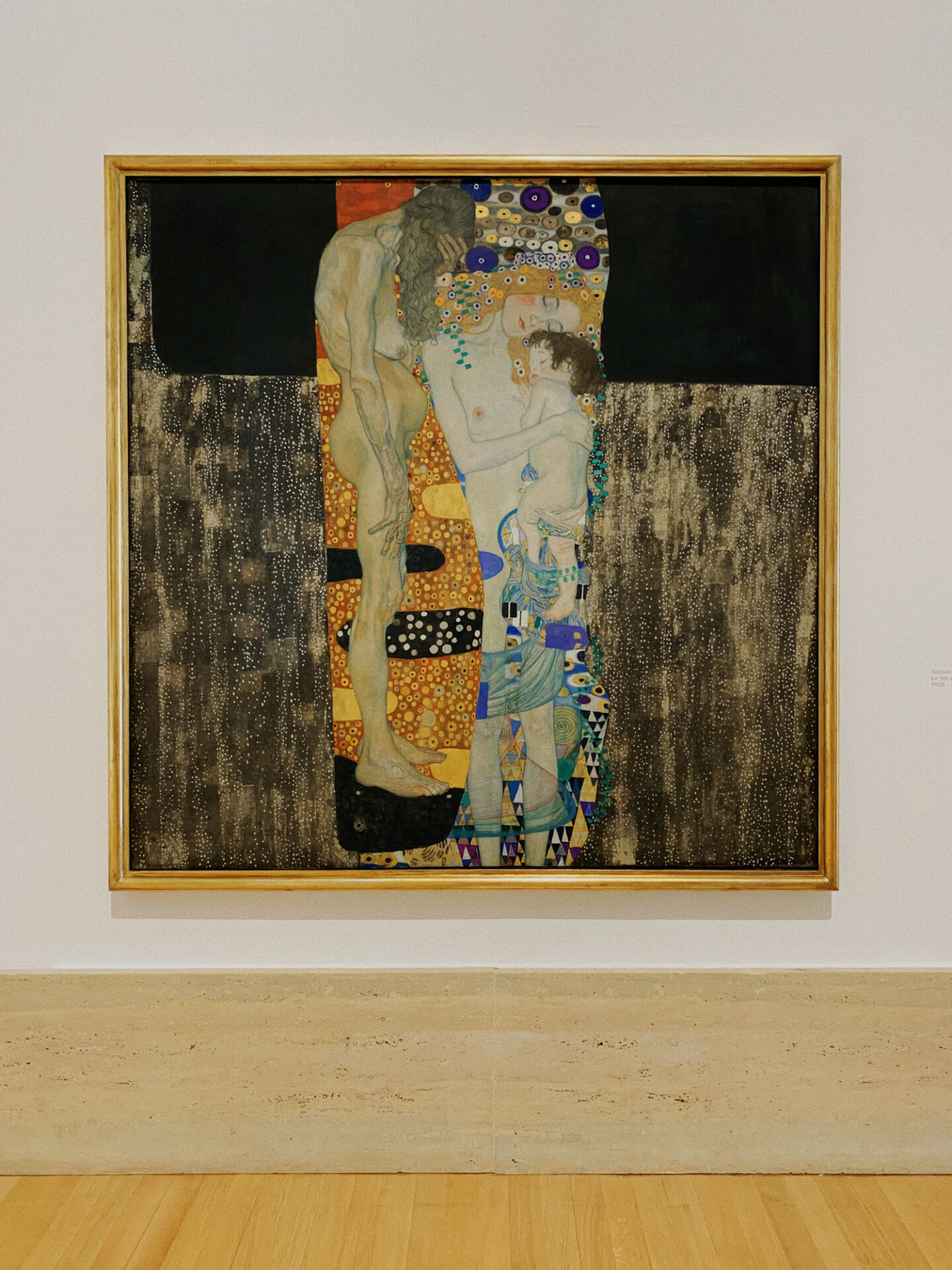
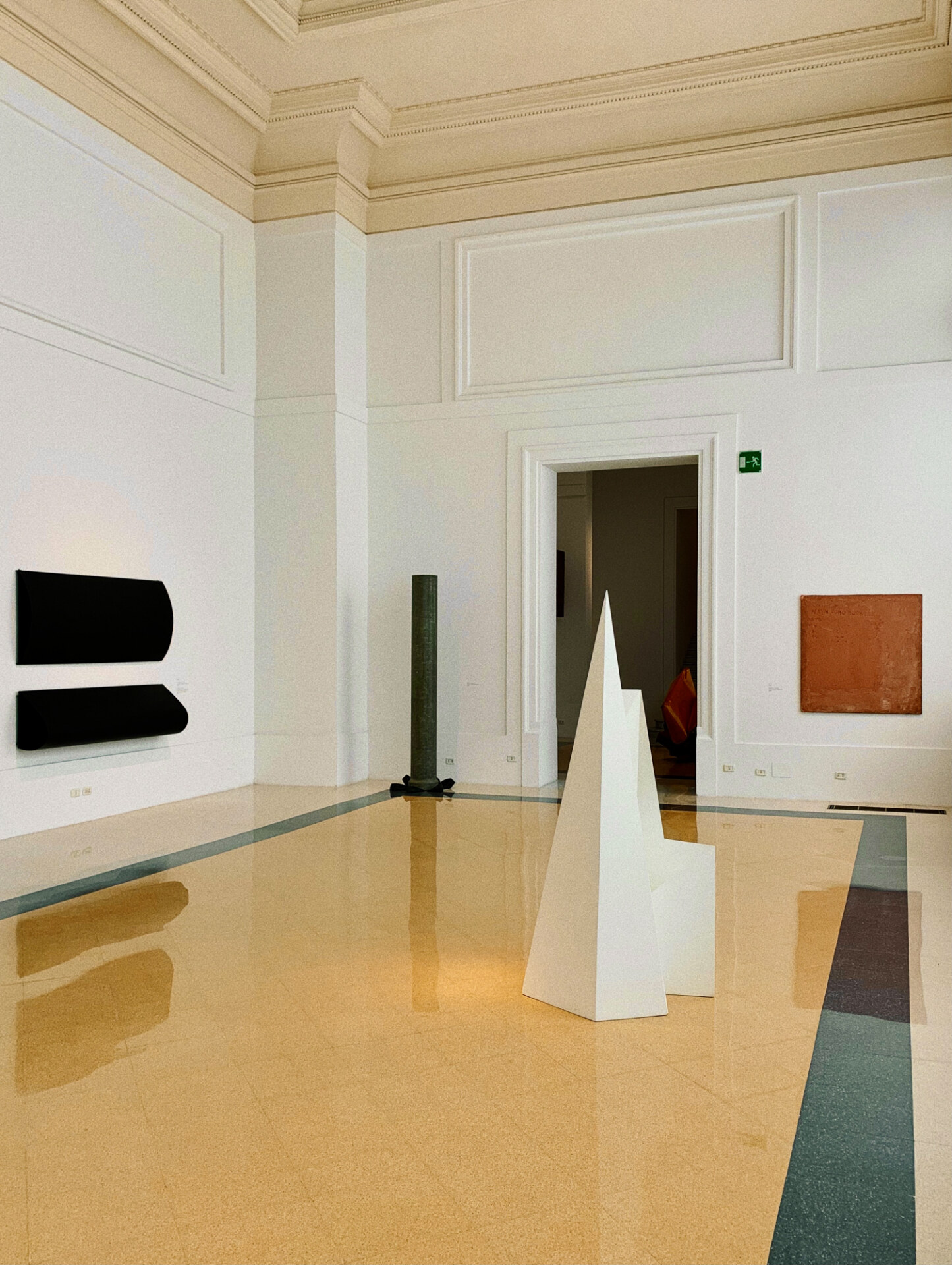
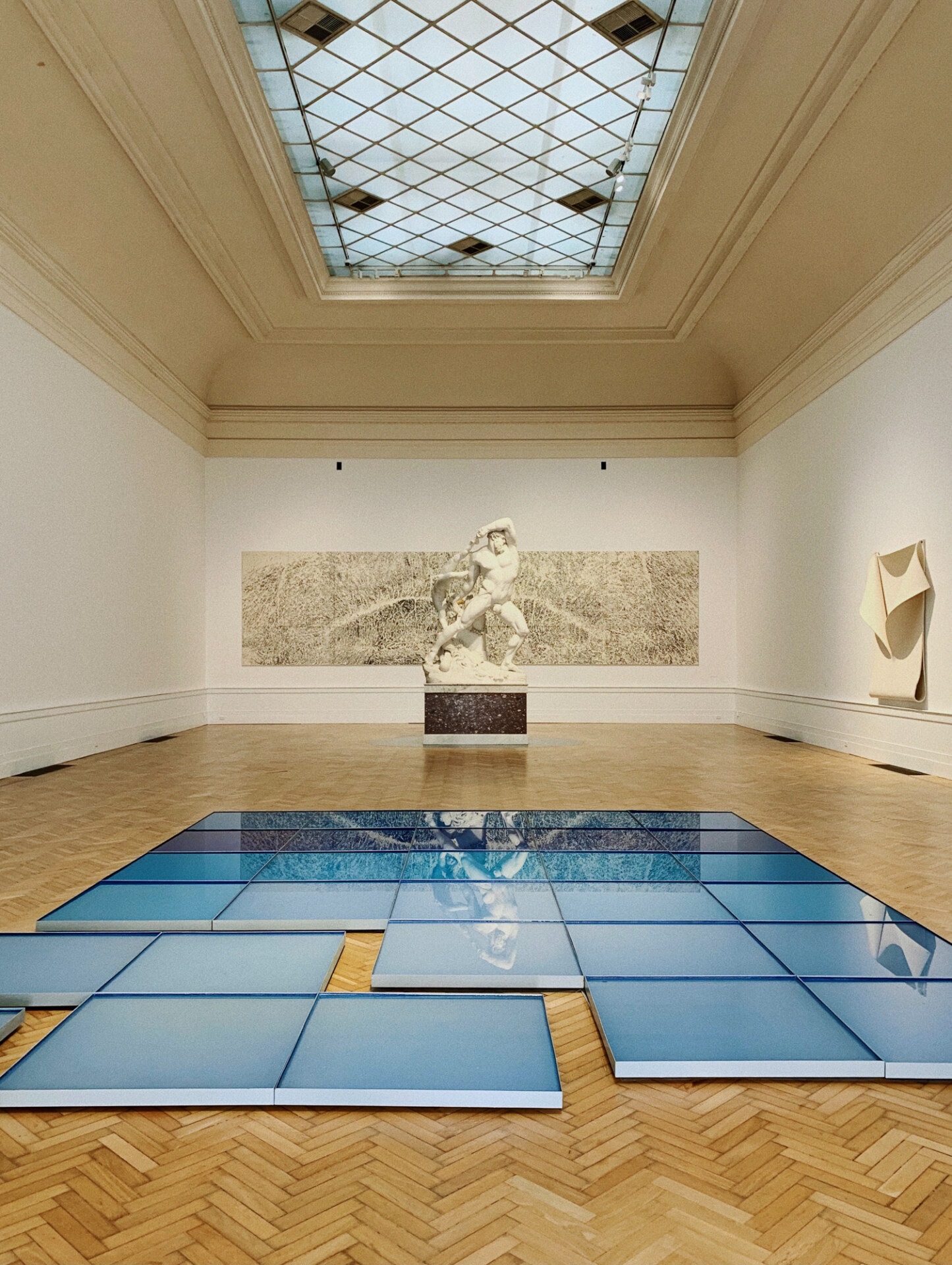
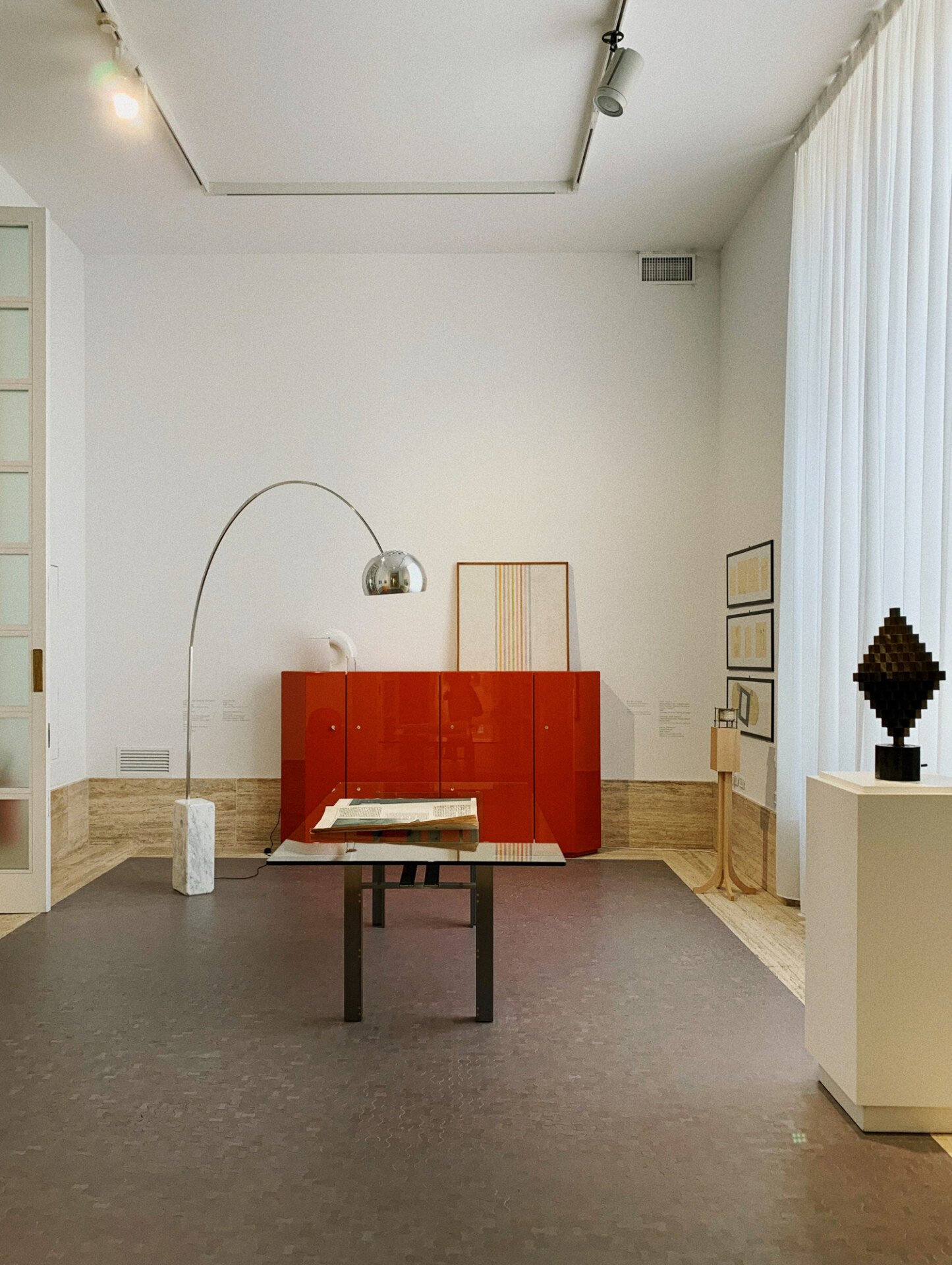
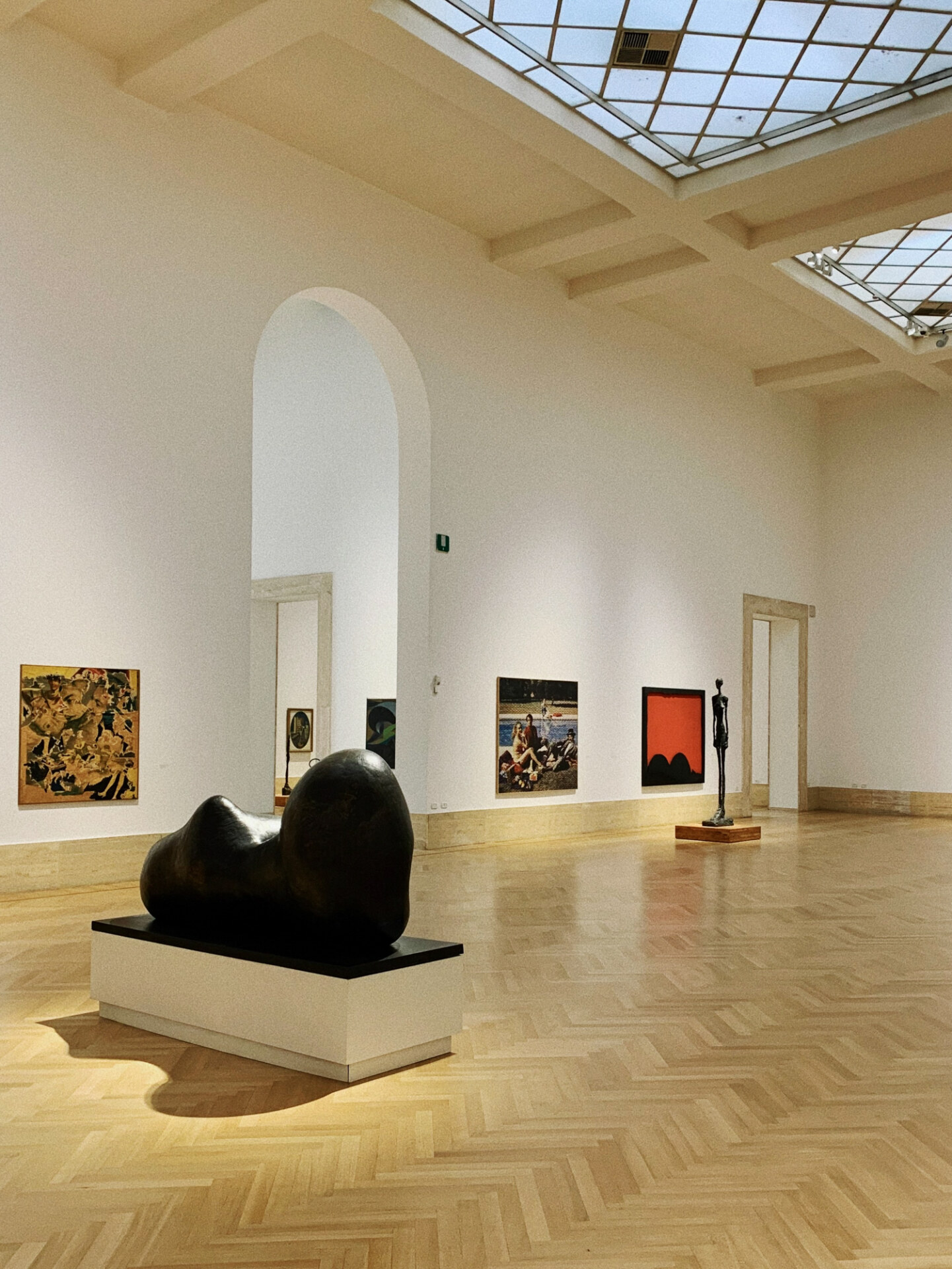
3. CAPITOLINE MUSEUMS
The birth of the Capitoline Museums is traced back to 1471, when Pope Sixtus IV donated a group of bronze statues of great symbolic value to the Roman people (including the famous “Lupa Capitolina”, still present in the museum today). These collections have close ties to the city of Rome, from which most of the works come. After the Vatican Museums, the Capitoline Museums are the most important to visit as they exquisitely preserve the memory of ancient Rome.
Opened to the public in the year 1734, the Capitoline Museums is considered the first museum in the world, intended to be a place where art could be experienced by all and not only by its owners–at that time, exclusively the bourgeoisie and the clergy. The historic home of the Capitoline Museums consists of the Palazzo dei Conservatori and the Palazzo Nuovo, buildings that face the Piazza del Campidoglio (renovated following Michelangelo’s design) and that are joined by the Galleria Lapidaria, an underpass that allows you to cross the square without leaving the museums.
Palazzo Nuovo, whose exhibition arrangement has remained unchanged since the 18th century, has preserved ancient sculptures from collections of great noble families of past centuries: most famous are the busts of philosophers and Roman emperors, the statue of the dying Galata, the Capitoline Venus and the imposing statue of Marforio that dominates the courtyard. The Palazzo dei Conservatori, on the other hand, displays the original architectural core of the building, decorated with splendid frescoes depicting the stories of Rome and ennobled by the presence of the ancient Capitoline bronzes: the She-wolf, the Spinario and the Capitoline Brute.
The most famous work preserved in the Palazzo dei Conservatori is the equestrian statue of Marcus Aurelius: the original is displayed in the museum’s courtyard (recently covered with glass after restoration work), but you can see a copy in the center of Piazza del Campidoglio.

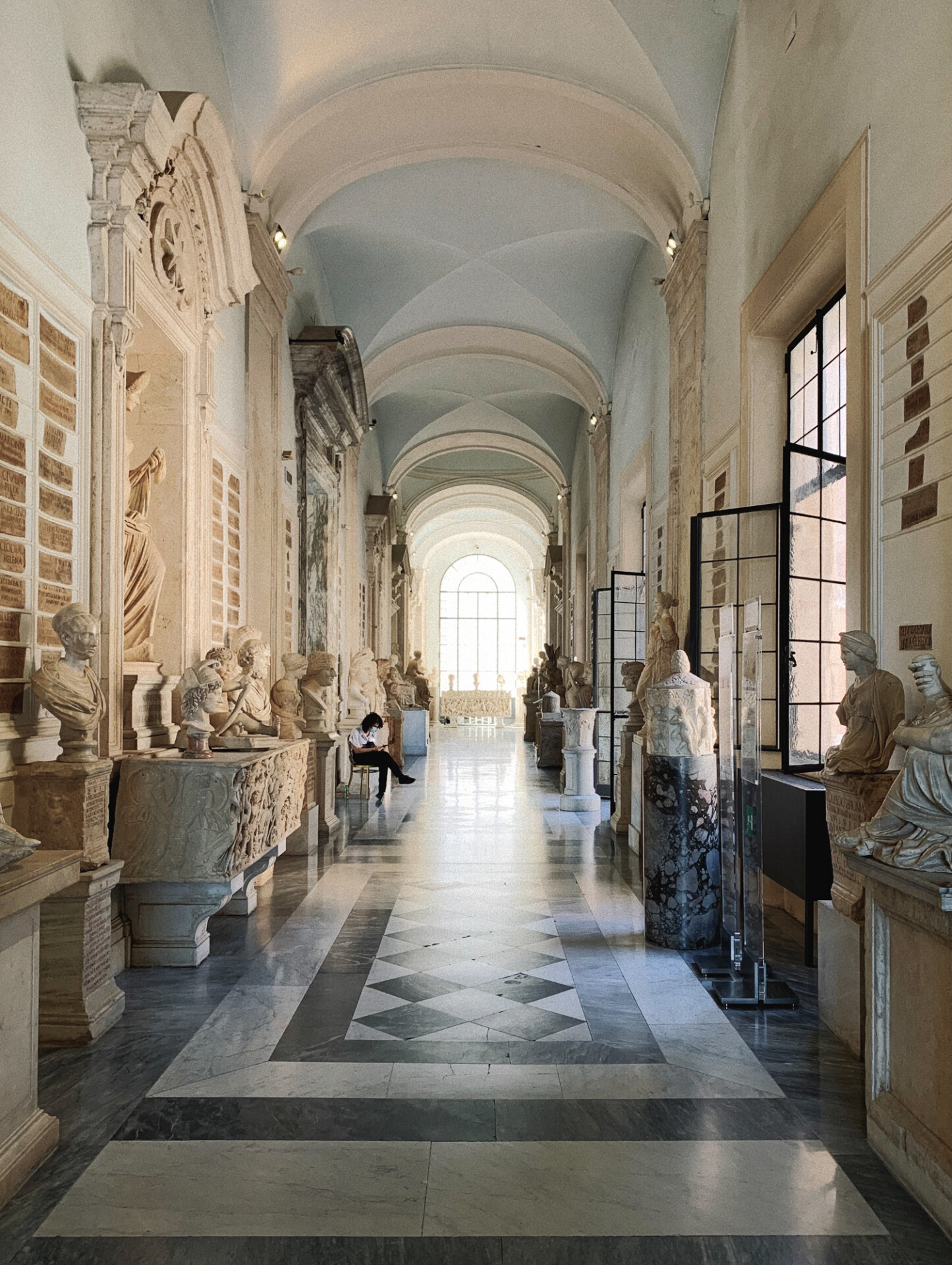
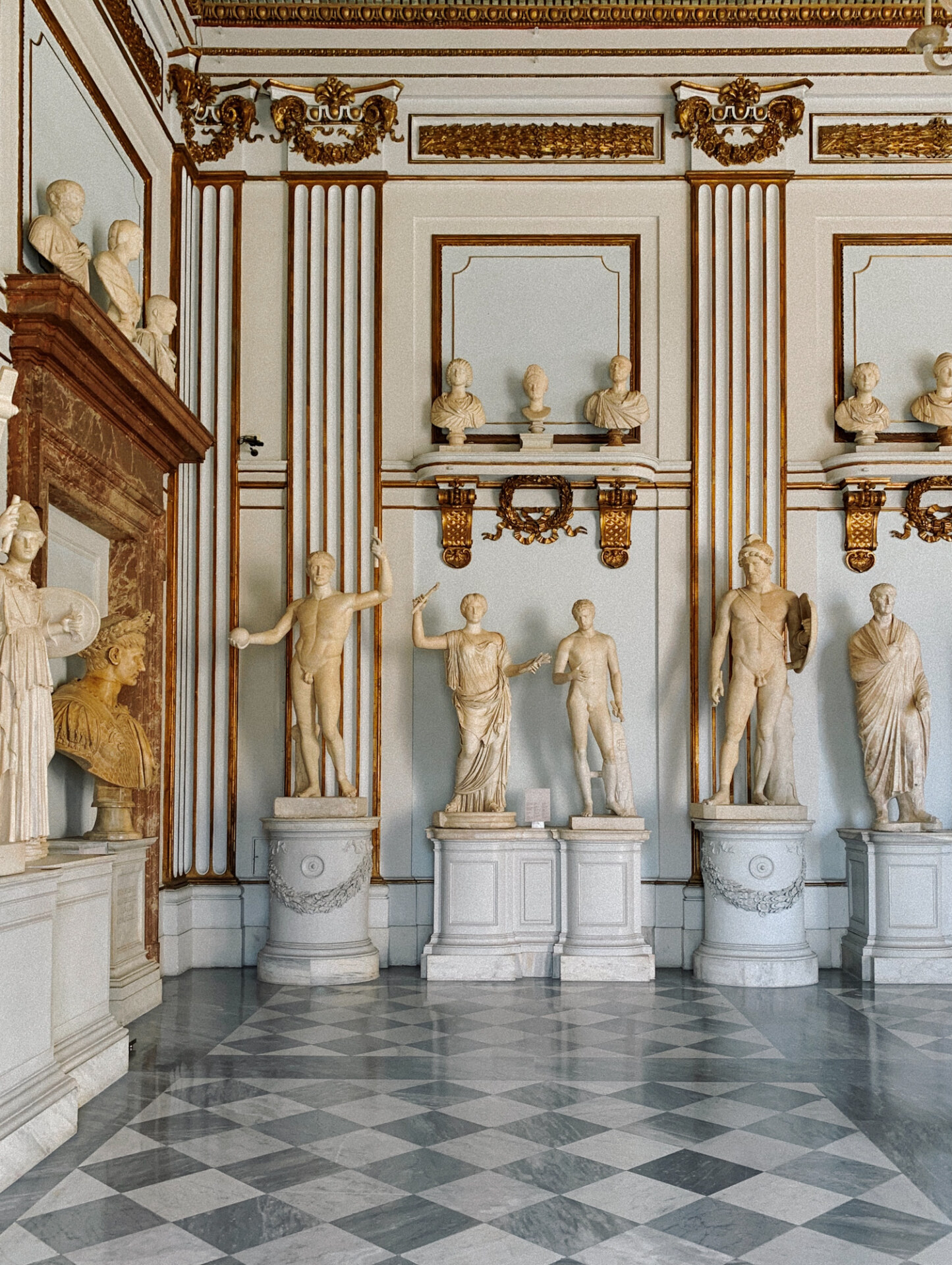
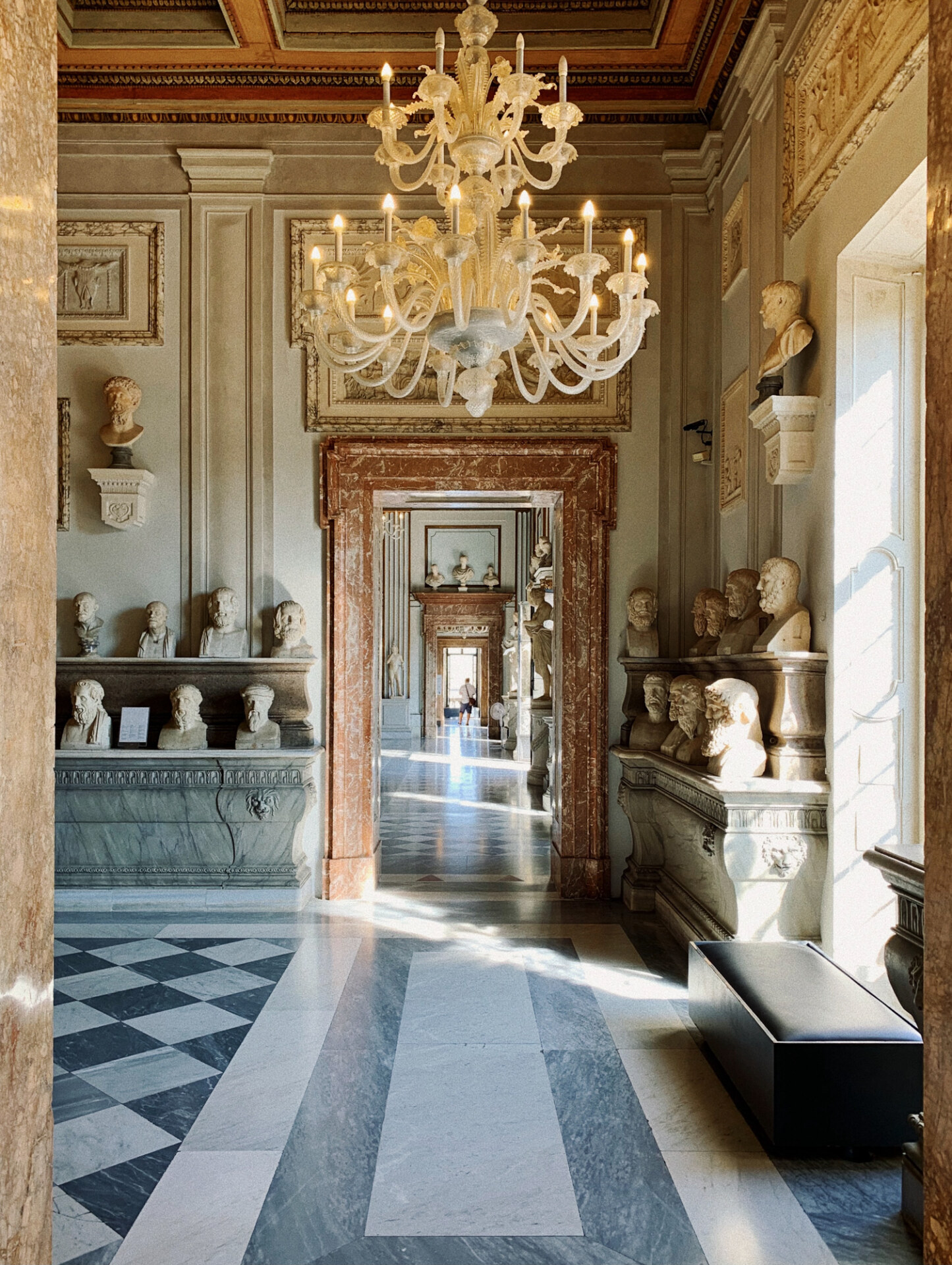
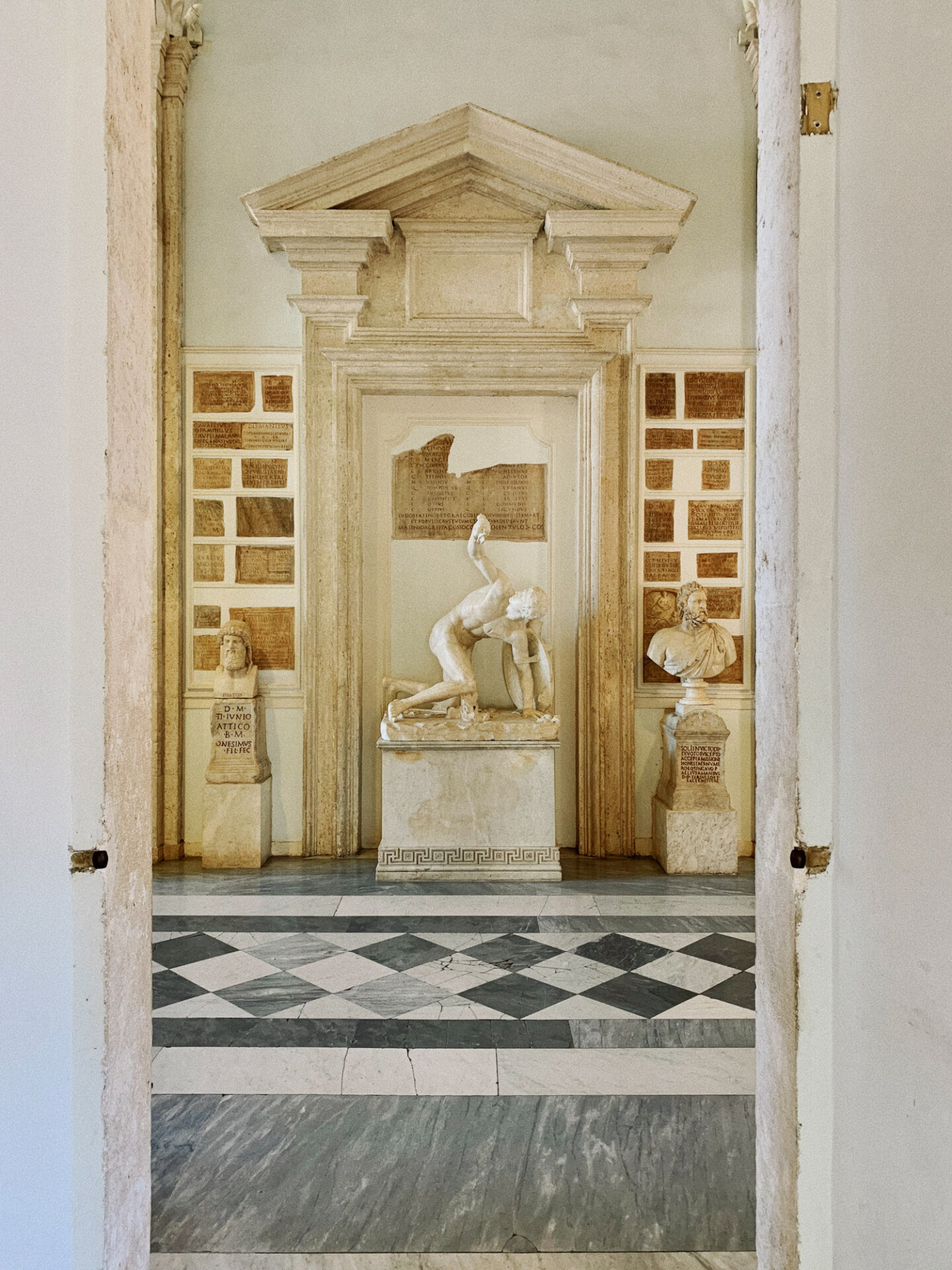
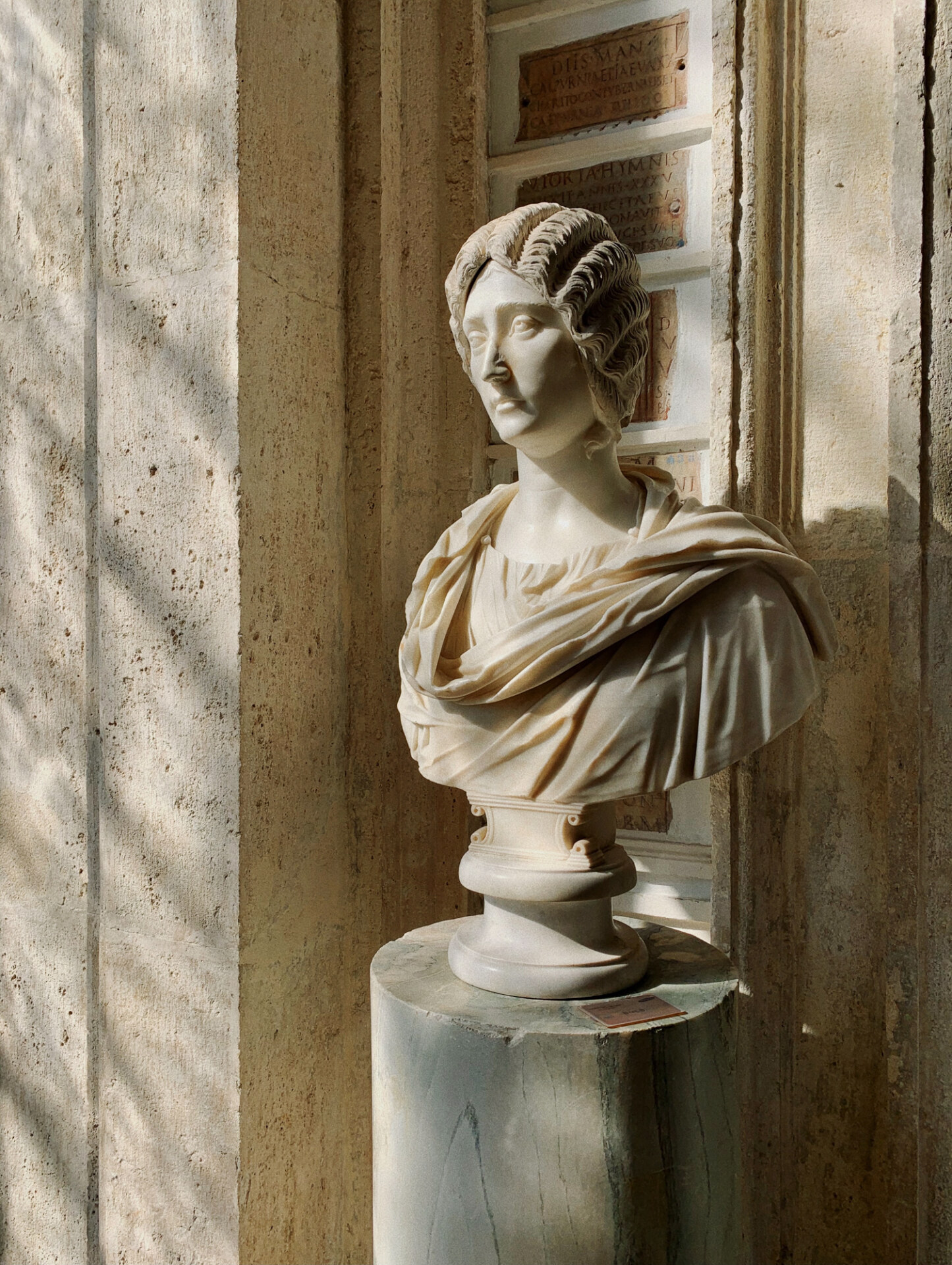
4. SPADA GALLERY
Behind one of Rome’s most characteristic and popular squares, Campo de’ Fiori, is one of the city’s most original buildings: Palazzo Spada.
It features a curious “talking” facade: the adornment of the Palazzo Spada–an abundance of statues, stucco, inscriptions, emblems and cryptic symbols–makes the building speak, almost like allegories of the culture. The name of the palace comes from its previous residents, the Spada family, although today it is much more than just a house: the main floor is the seat of the Council of State and the rest is a museum with a Baroque picture gallery–a rich collection of 17th century paintings–and the famous Forced Perspective Gallery by Francesco Borromini.
Borromini’s work gives the illusion that the gallery is about 35 meters long, while in reality it is just 8.82 meters long. The illusion is due to the fact that the planes converge at a single vanishing point; thus, as the ceiling descends from top to bottom, the mosaic floor gradually rises. In ancient times, a faux plant motif was drawn on the back wall to accentuate the sense of perspective. Currently on the back wall is a cast of a warrior statuette from the Roman period. The gallery was built in a single year, between 1652 and 1653, by Borromini with the help of Augustinian mathematician Father Giovanni Maria da Bitonto. The gallery has been interpreted as the commissioner’s desire to create a parallelism between earthly life–in which the senses are deceived by the illusory nature of the world–and spiritual life, the only one that can lead to Salvation.
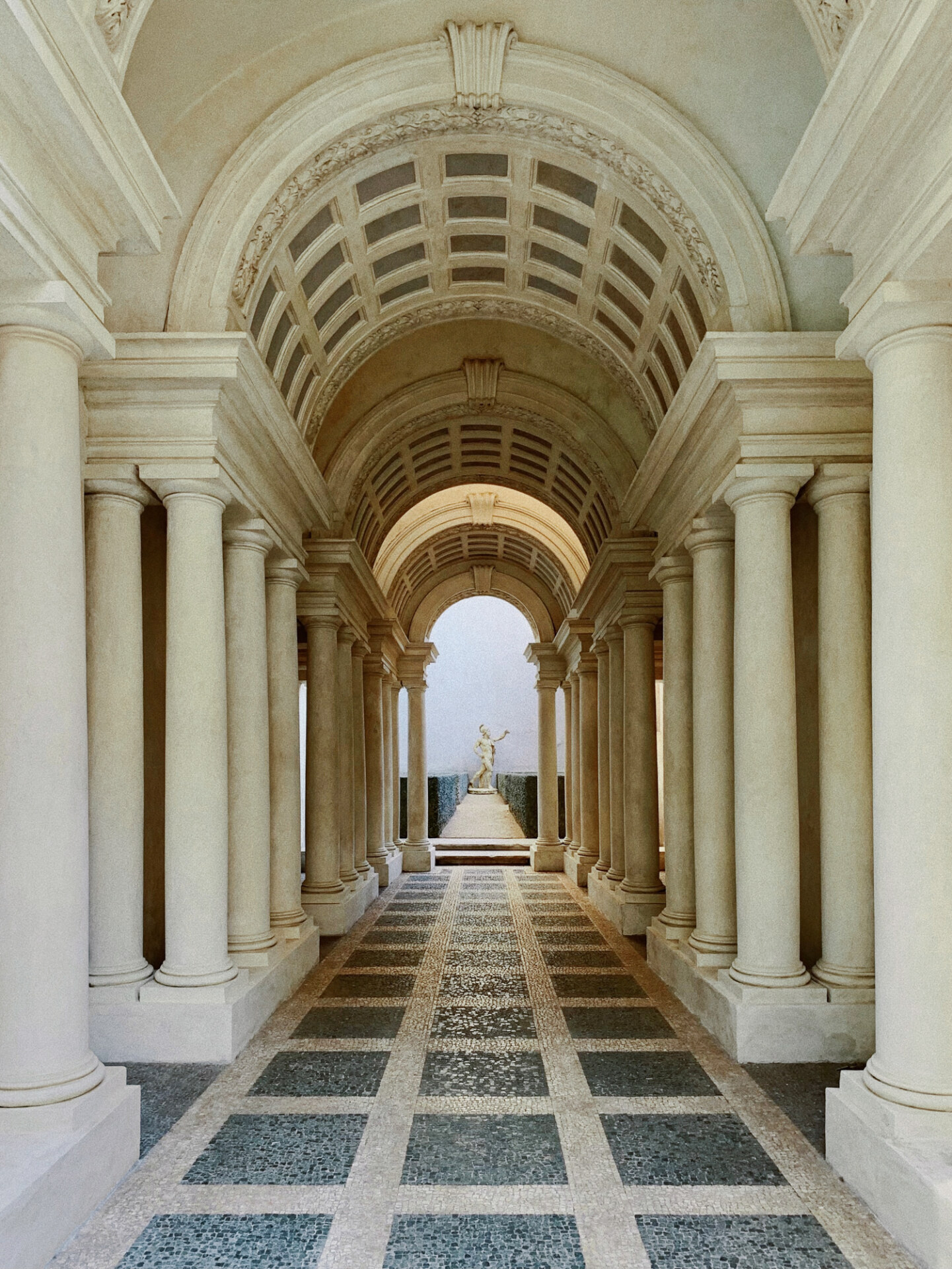

5. HALL OF ANIMALS
The two rooms that make up the Hall of the Animals (part of the Vatican Museums) were set up under Pius VI (1775-1799), who had the intention of creating a “stone zoo” made up of works related to the natural world and hunting.
Animals are the protagonists, both in curious interaction with each other and in relation to heroes or gods of the ancient world. A notable example is the “Group with a lion attacking a horse”: the marble group was remodeled by the sculptor Francesco Antonio Franzoni, and part of the lion’s back, mane and left paw date back to the second half of the first century A.D. Colored marbles are used to depict the varying tones of coat and plumage.
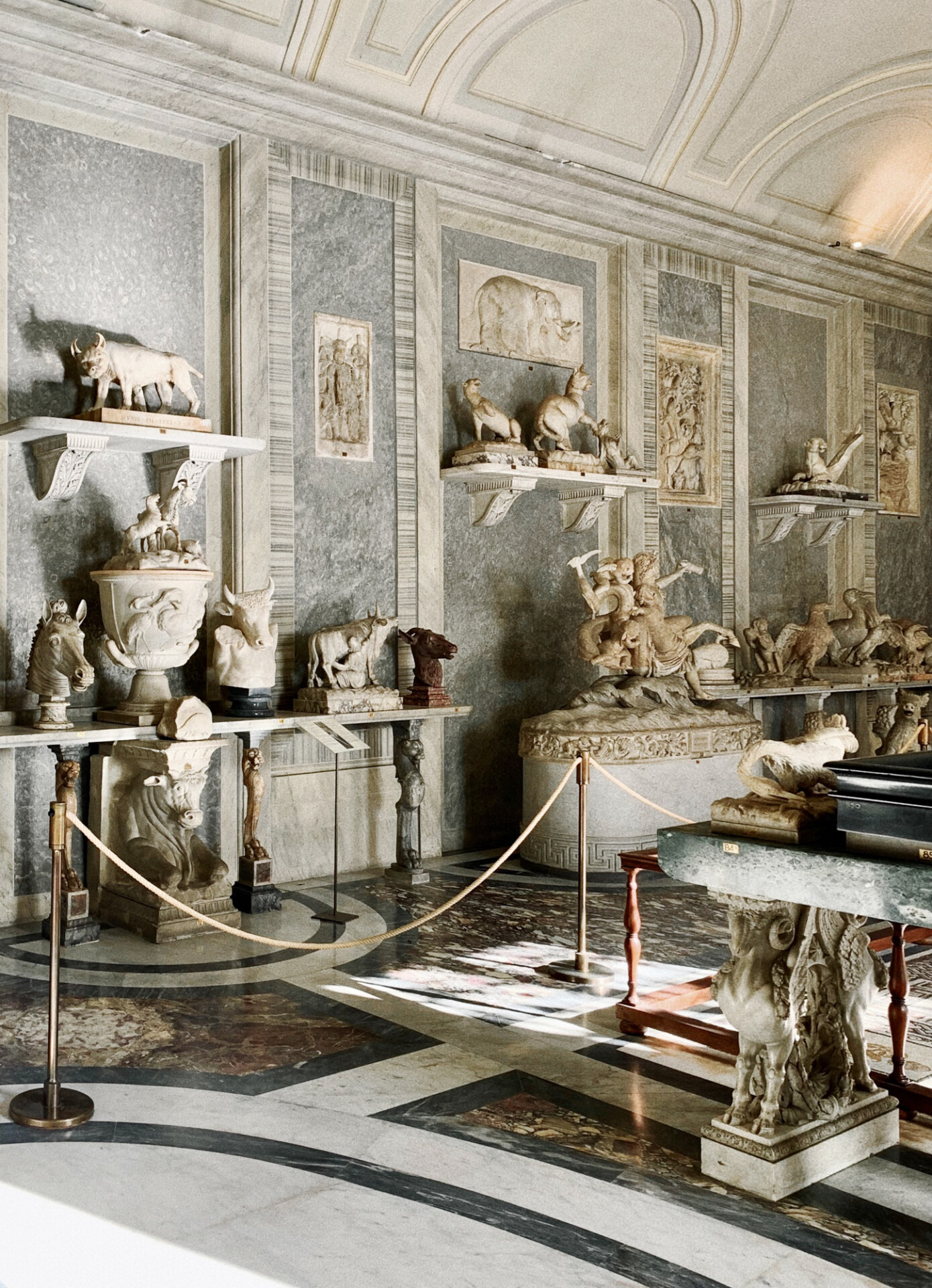

6. BRACCIO NUOVO
The Braccio Nuovo is the third and final section of the Chiaramonti Museum, part of the Vatican Museums named after Pope Pius VII (born Barnaba Chiaramonti). Neoclassical in style and commissioned in 1820 by the Pope, the Braccio Nuovo, the “new wing”, was built inside the Cortile del Belvedere between 1817 and 1822 by Roman architect Raffaele Stern. The building is divided into a 68-meter-long gallery, covered by a coffered vault with skylights. The walls are punctuated by twenty-eight niches which house statues of decidedly larger-than-life size such as imperial portraits and Roman replicas of famous Greek originals. On the shelves and half-columns, the busts on display form a gallery of figures of antiquity. The most important and famous ancient statues include the statue of Augustus of Prima Porta, the statue of Athena Giustiniani (a 2nd century A.D. Roman copy of a 4th century B.C. Greek original) and the statue of the Doriphorus (spear bearer), a Roman copy from a Greek bronze original by Polyclitus (5th century B.C.).
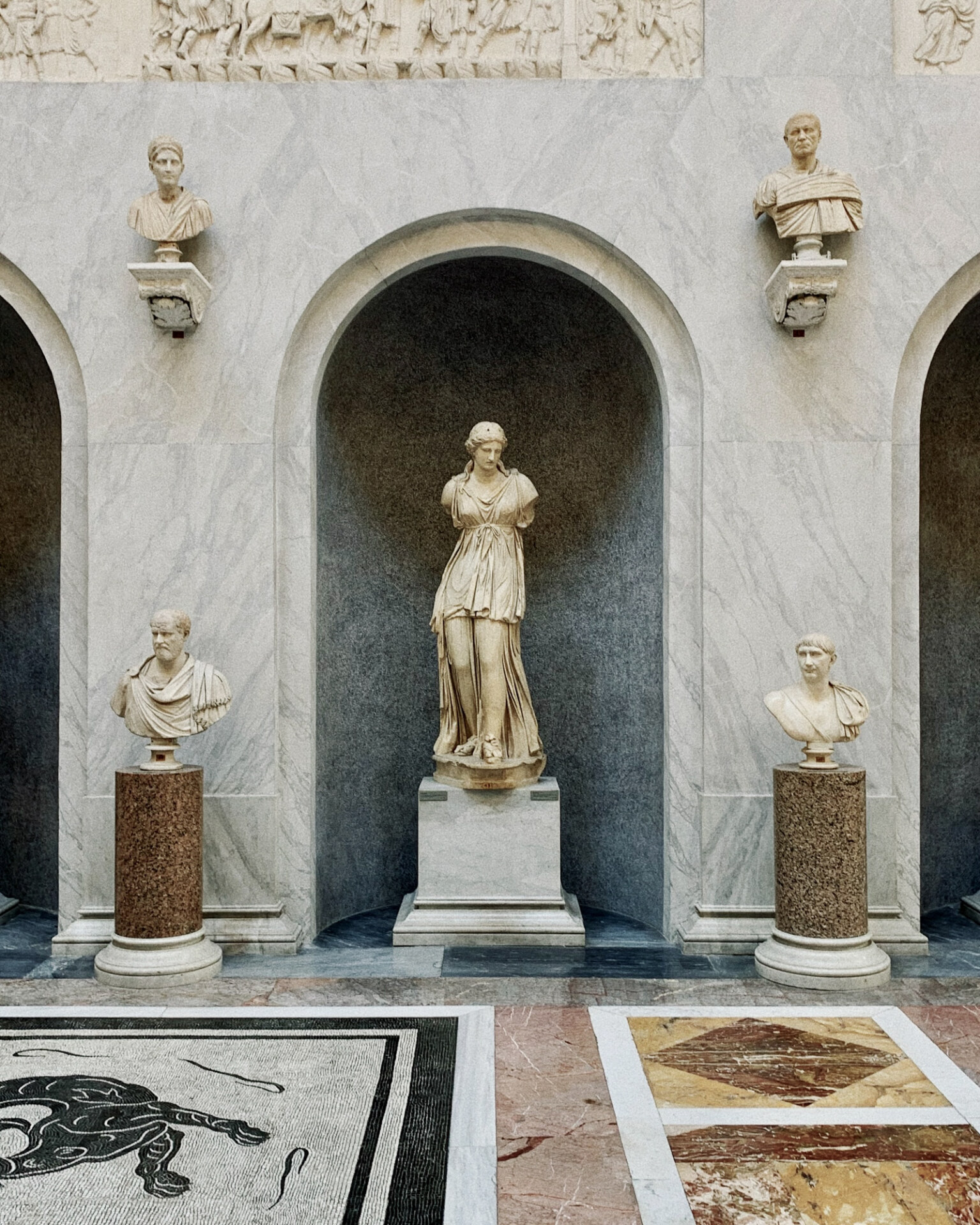
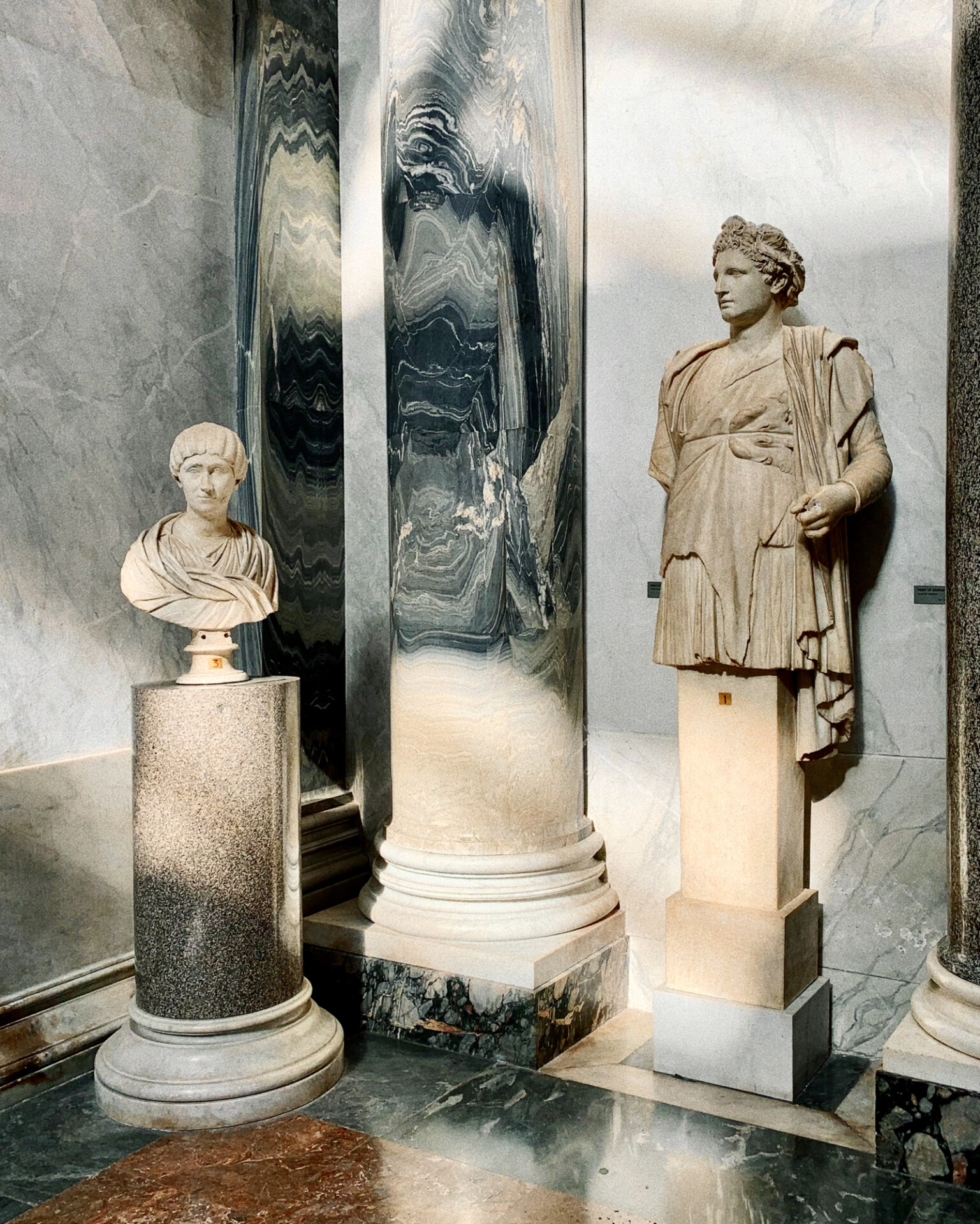
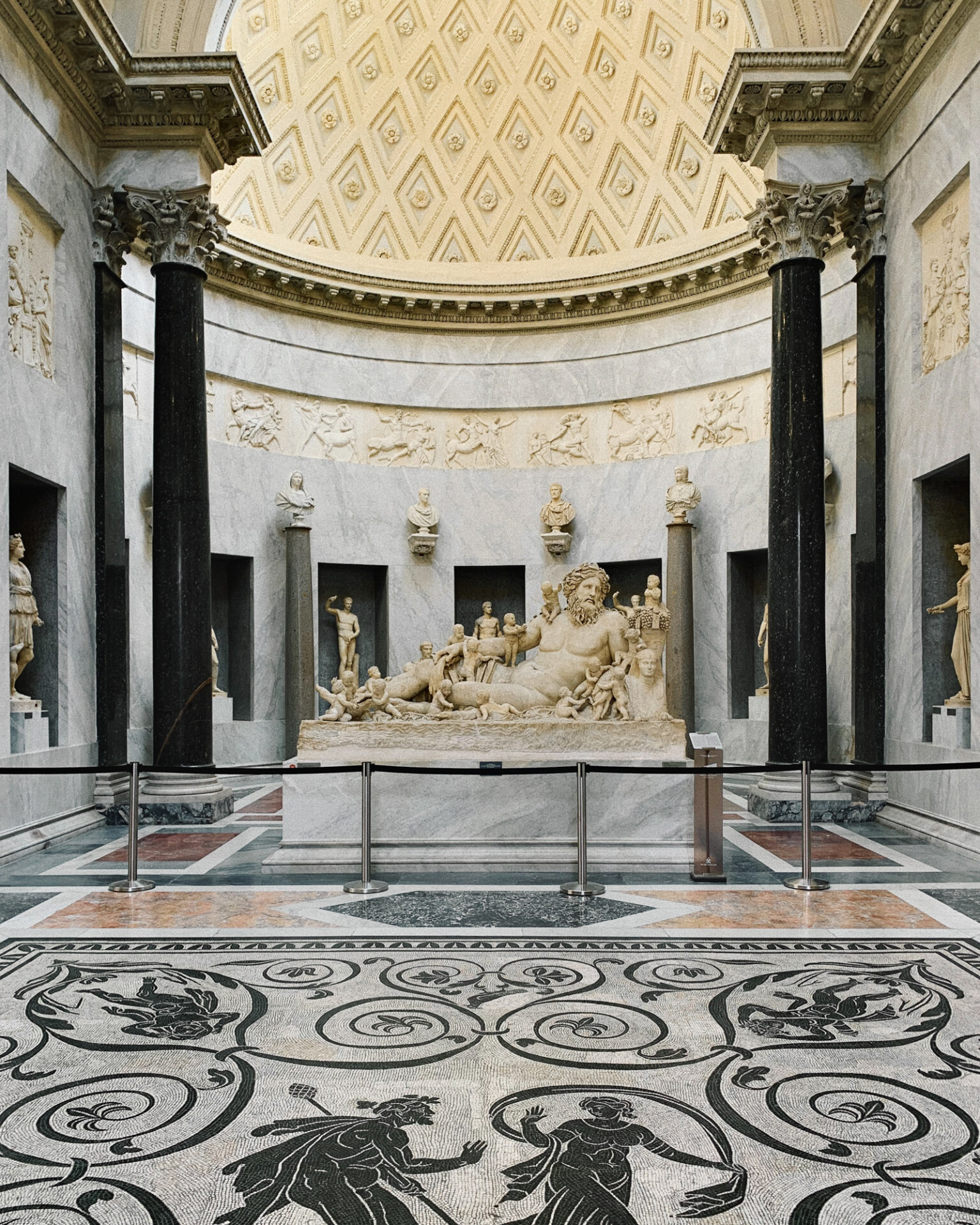
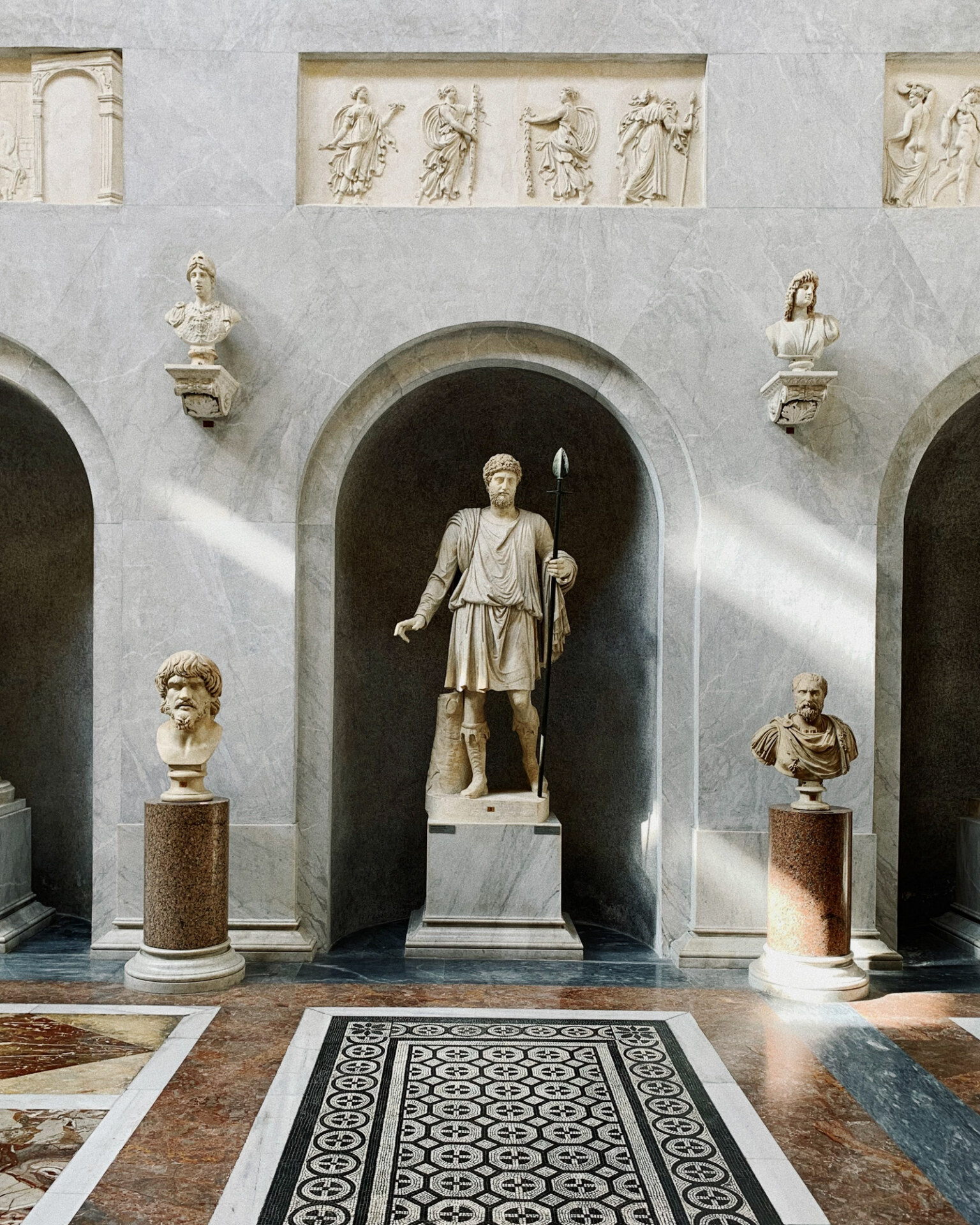
7. GHIRRI MAXXI
Photographer, theorist, editor, curator and cultural animator Luigi Ghirri (1943-1992) has been a key figure in contemporary visual culture since the late 1960s. At the start of the 1970s, he began a major phase of experimentation with photography, thanks in part to his early and original use of color film. His work exhibited a conceptual component that would always remain characteristic of his practice. Ghirri’s research focused on his homeland, Emilia-Romagna, and was centered on a at-the-time new strategy of the gaze: photography was a tool to investigate surrounding reality, to give visibility to places that did not conform to the image of stereotypical Italy, to establish a new relationship with the territory and reveal the deepest mysteries that inhabit it. The culmination of this path was “Viaggio in Italia” (1984), a project around which a new generation of Italian photographers converged.
The photographs exhibited at Ghirri Maxxi come from the archive of the magazine Lotus International, with which Ghirri published the volume “Paesaggio Italiano” in 1989–one of his last works. The project is among the most relevant of the artist’s career: after his initially more conceptual work, Ghirri’s interpretation of the landscape became more lyrical and allusive in the 80s. In “Paesaggio Italiano”, Ghirri collects a selection of his photographs taken after 1970 and “mounts” them in an unedited sequence. He finds a common thread in them despite the diversity of the sources: “A leitmotif,” he writes, “that runs through themes, spaces and objects” and binds the photographs in a sort of “sentimental geography, where the itineraries are not marked and precise, but obey strange tangles of seeing […] replacing the burden of the already experienced and already seen with a look that erases and forgets habit.” The exhibition stands between two divergent currents of thought in the field of architecture: listen to the world or accept its transformation?
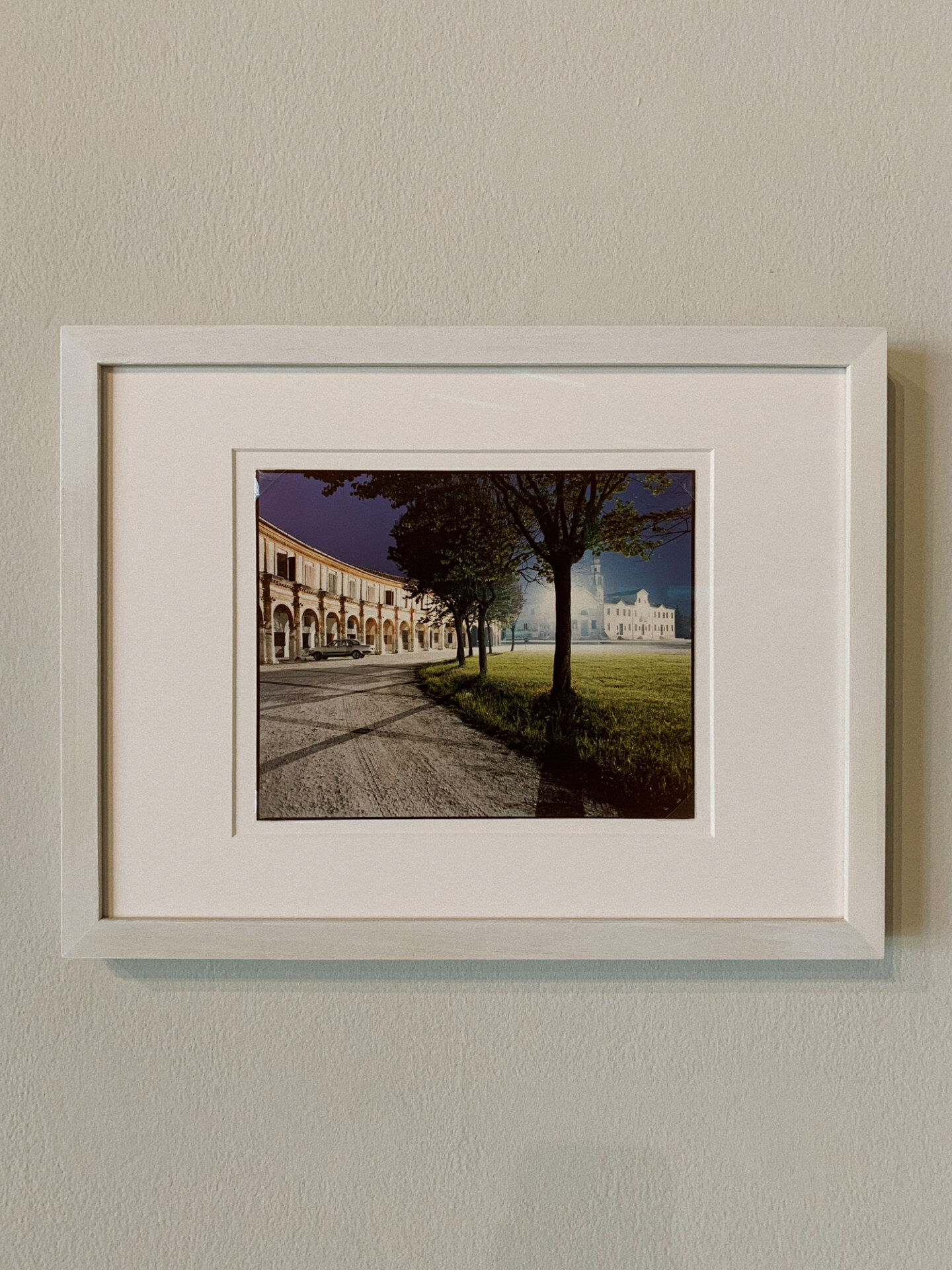
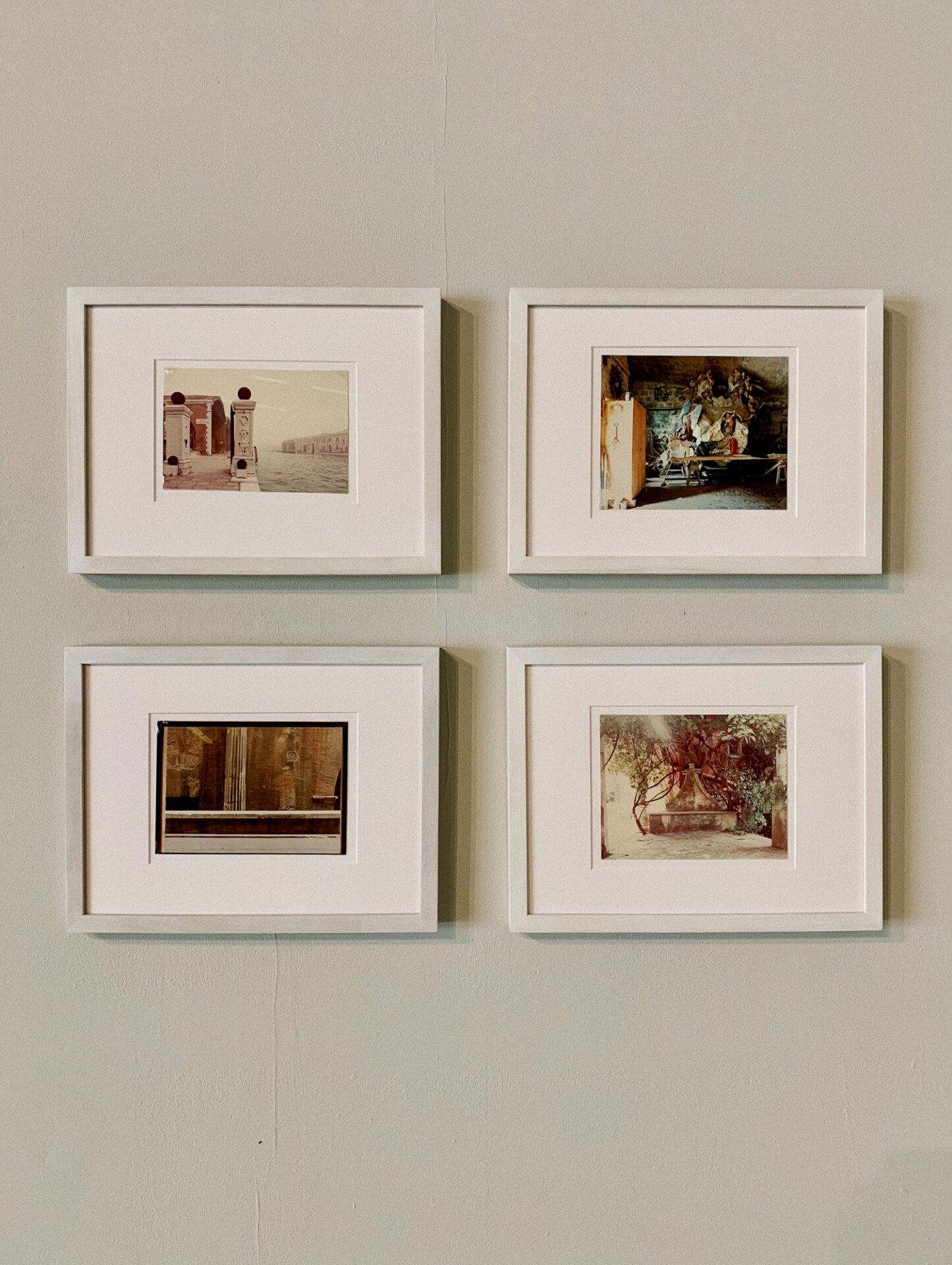

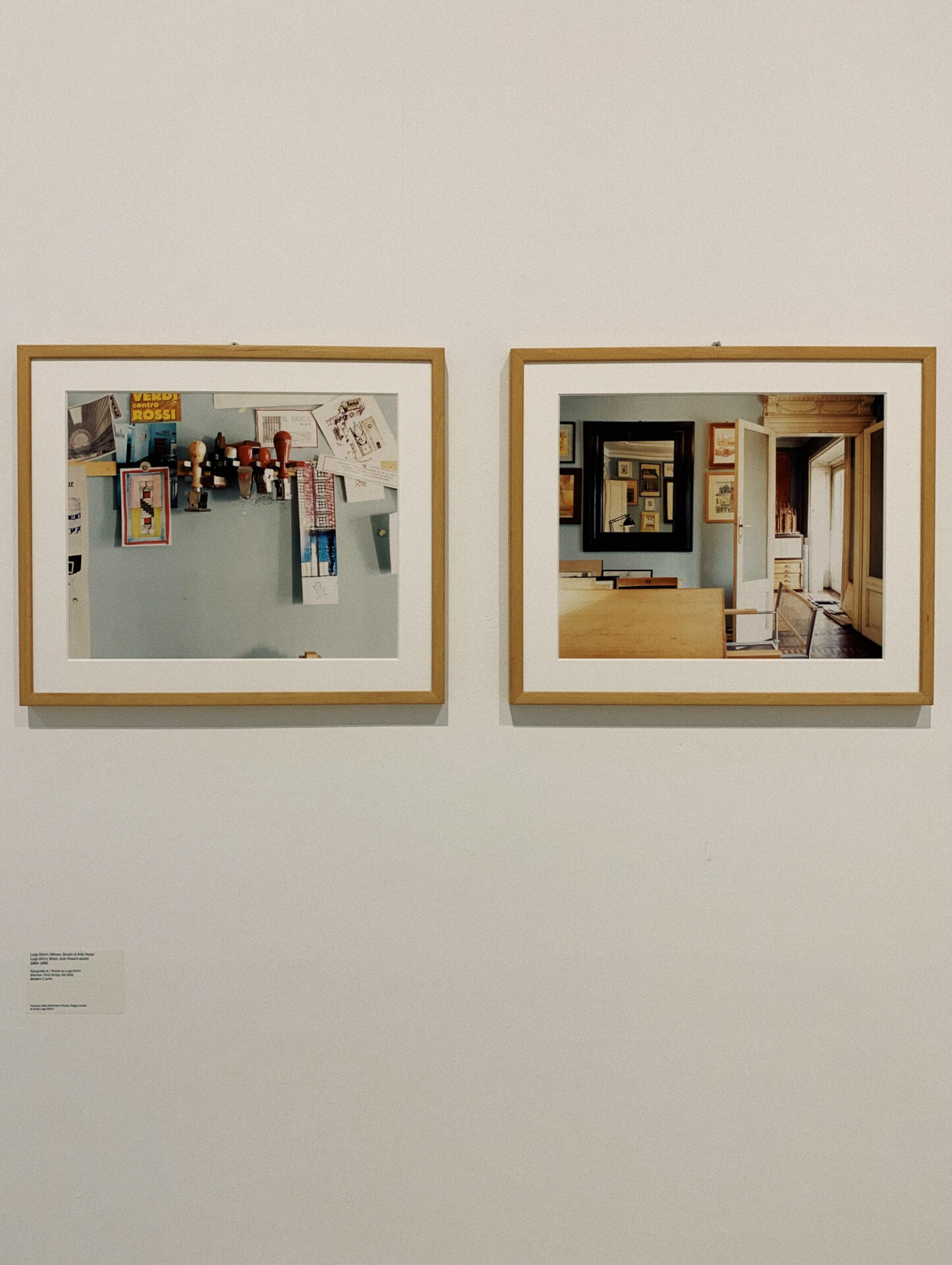
8. BORGHESE GALLERY
Galleria Borghese is located in the beautiful gardens of Villa Borghese and is one of the most prestigious art museums in the world. The gallery is recognized throughout Europe and exhibits much of Cardinal Scipione Borghese’s (a Catholic archbishop, art collector and nephew of Pope Paul V) collection from 1576 to 1633.
Cardinal Scipione’s focus was on all expressions of ancient, Renaissance and contemporary art designed to evoke a new golden age. Not particularly interested in medieval art, he passionately sought out ancient sculpture and favored the creation of new sculptures, especially marble groups that could be compared to ancient works.
This magnificent collection is arranged on two floors along 20 decorated rooms. On the upper floor is a large art gallery filled with prominent works, the most famous of which is the 1805 sculpture “Venus Victorious”, internationally known to be Pauline Bonaparte, the Italian princess and younger sister of the French emperor Napoleon Bonaparte, now practically the symbol of the museum.
The ground floor is devoted to classical sculpture and antiques, but we cannot fail to appreciate the mosaics and frescoes decorating the walls and ceilings, preserved for centuries. Also not to be missed are the works by Bernini, Titian, Raphael, Caravaggio, Rubens, Botticelli and Canova.
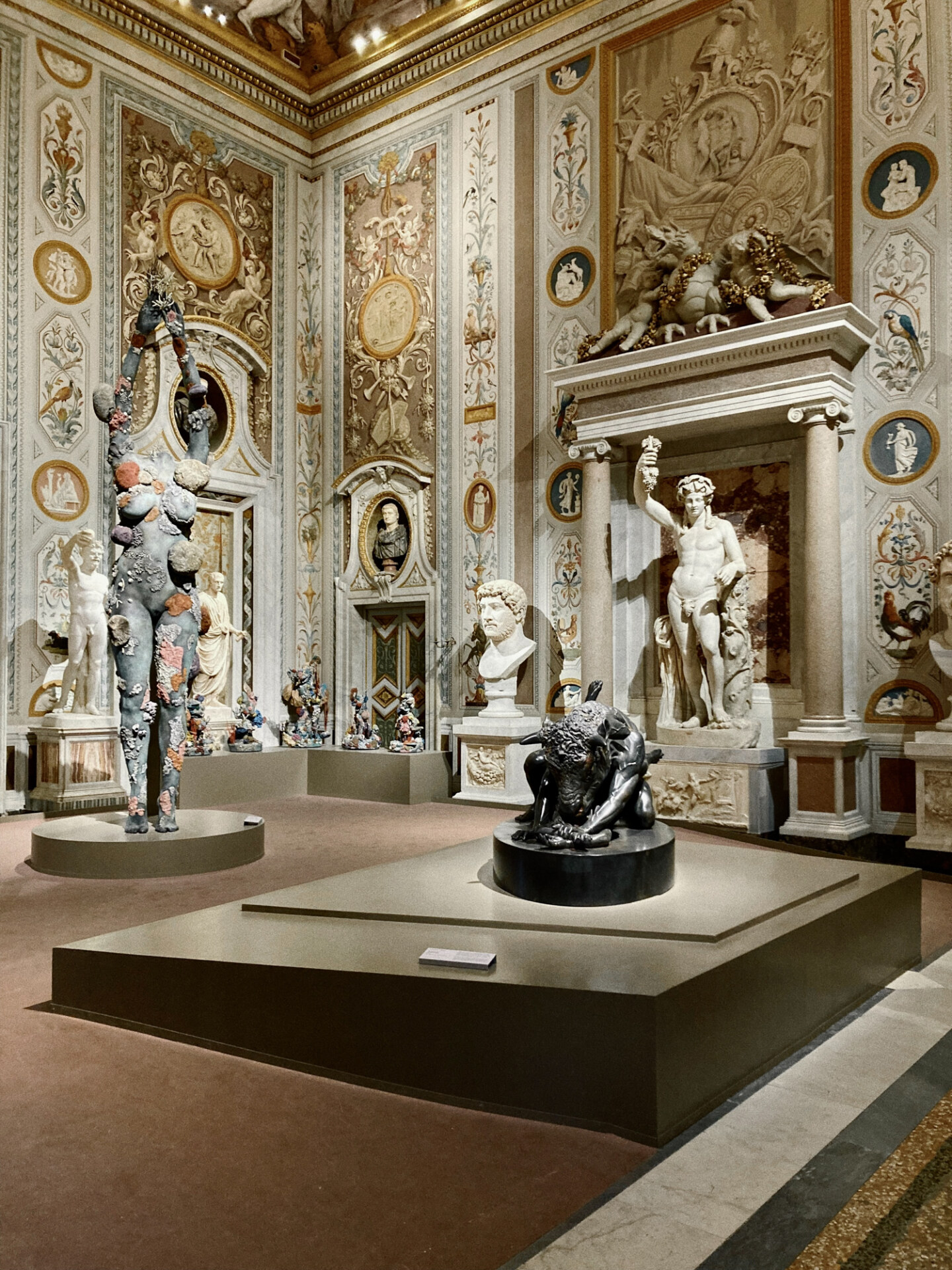

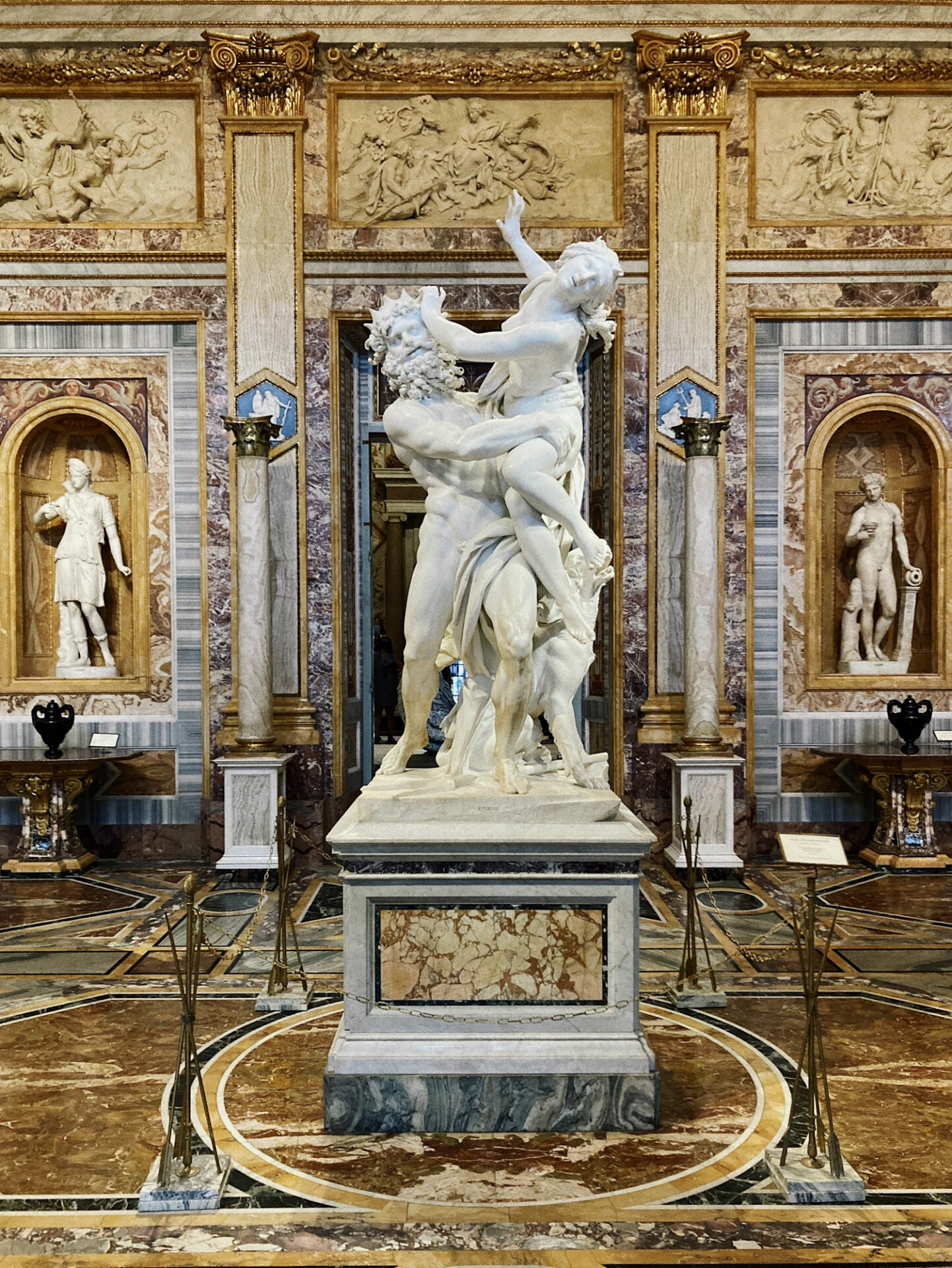
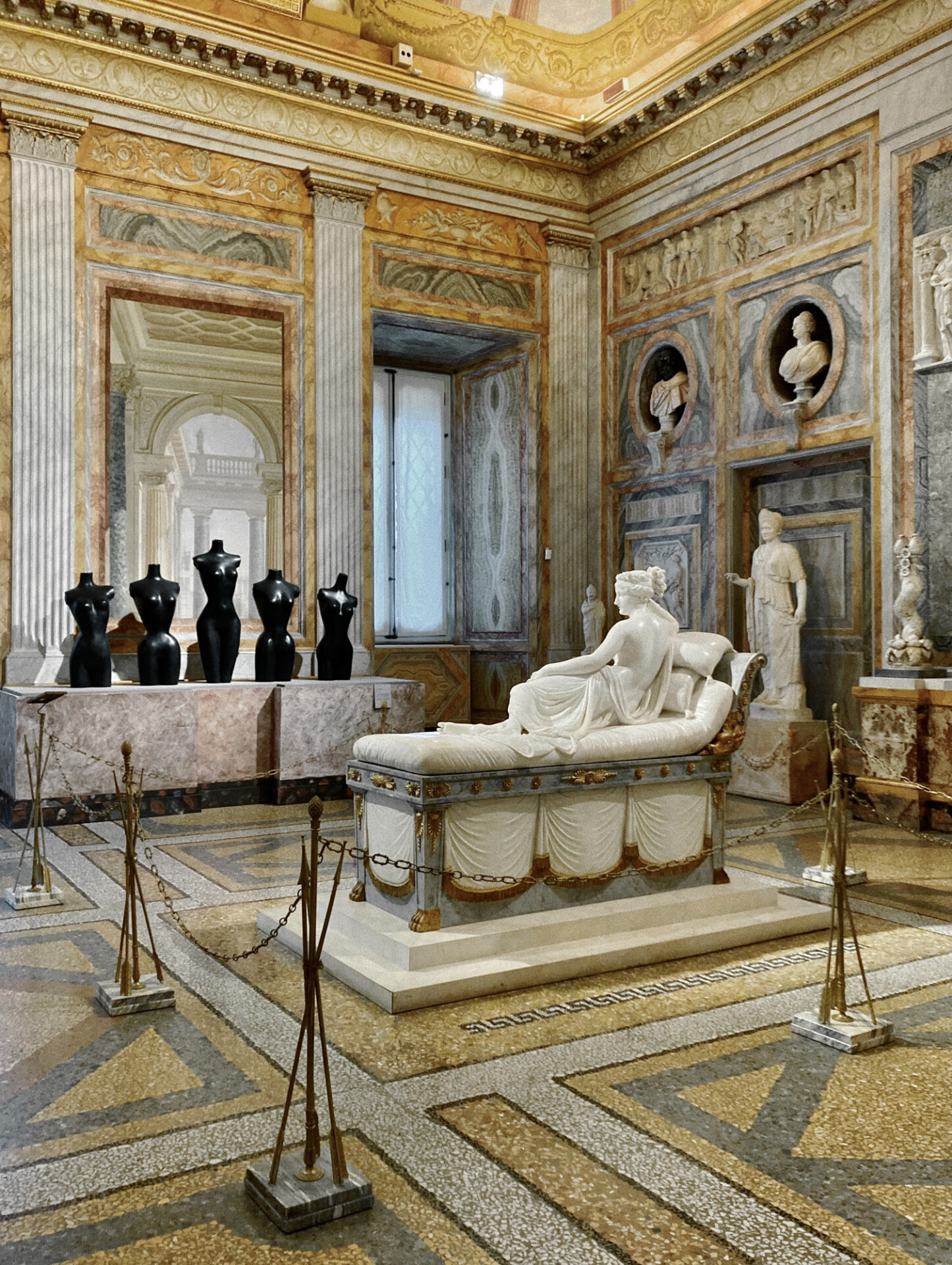
9. Sant’Andrea de Scaphis
Founded in the 9th century, the Church of Sant’Andrea de Scaphis today has a new life as one of Trastevere’s best contemporary galleries. Like many church from the past, Sant’Andrea de Scaphis was left for ruin. That is, until galleryist Gavin Brown gave it a new life. In 2015, he inaugurated the space as a makeshift gallery with the Rirkrit Tiravanija’s exhibition, relying solely on word of mouth to promote his oratory-turned-museum.
Since then, the space has grown to host memorable exhibitions by Jos de Gruyter & Harald Thys, Joan Jonas, Mark Leckey, Sturtevant, Arthur Jafa, Laura Owens, to name but a few. To pay homage to the museum’s past, the gallery bears the original name of the deconsecrated church. “It comforts me to think that these walls existed long before me and will still exist long after,” shares Brown. And he has certainly made sure the walls will continue to exist, decorated with modern art in stunning conversation between present and past.



































